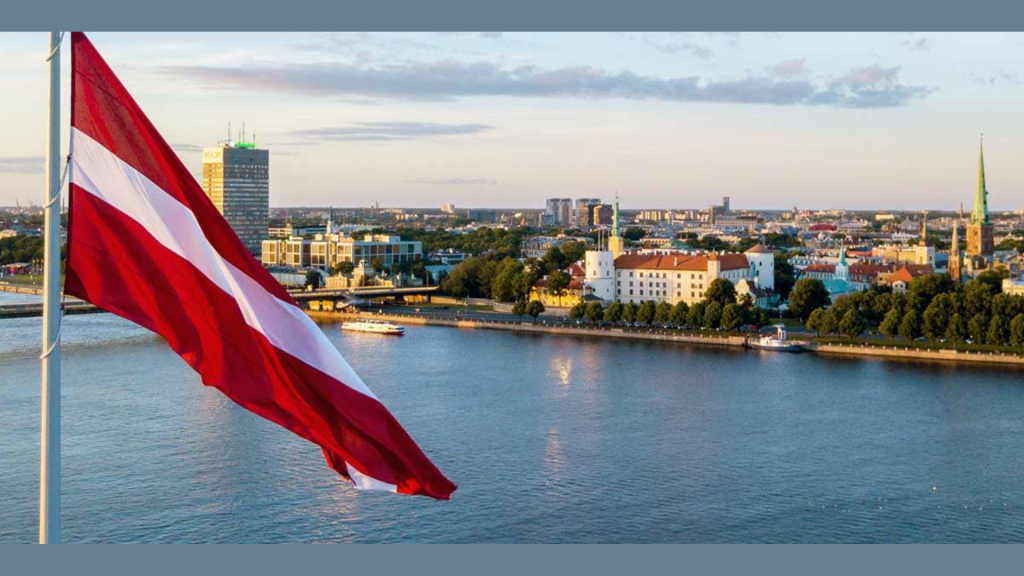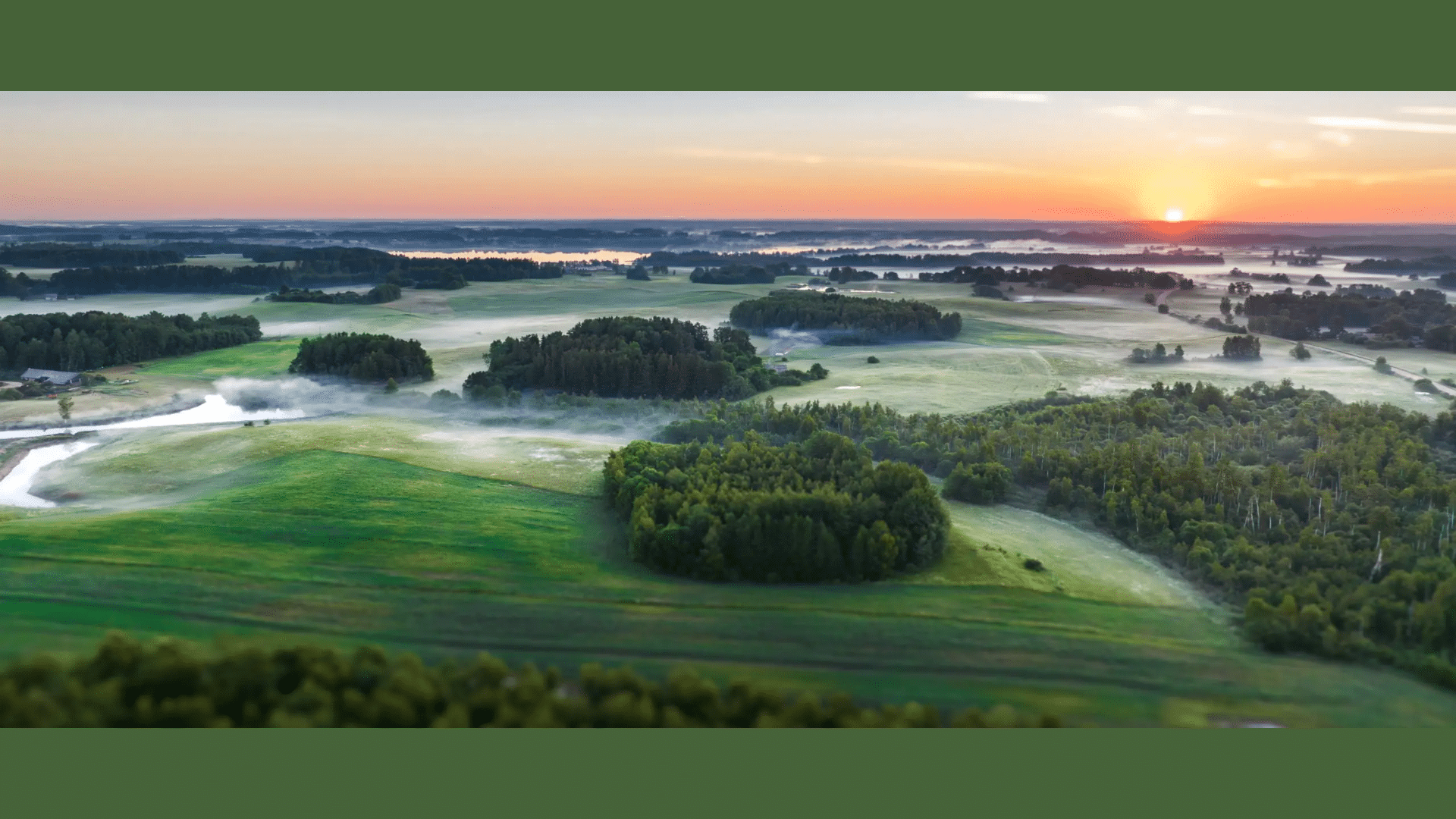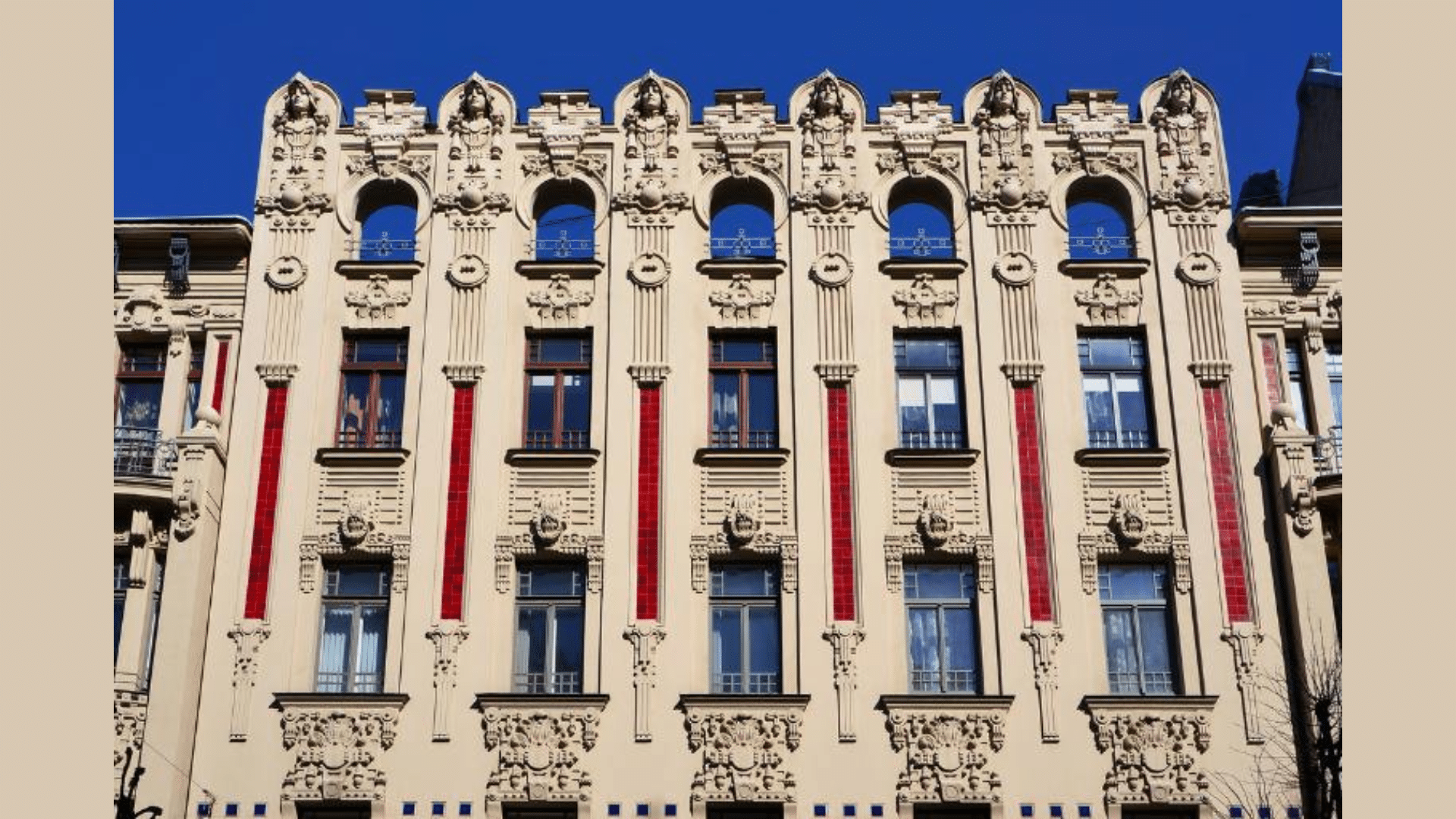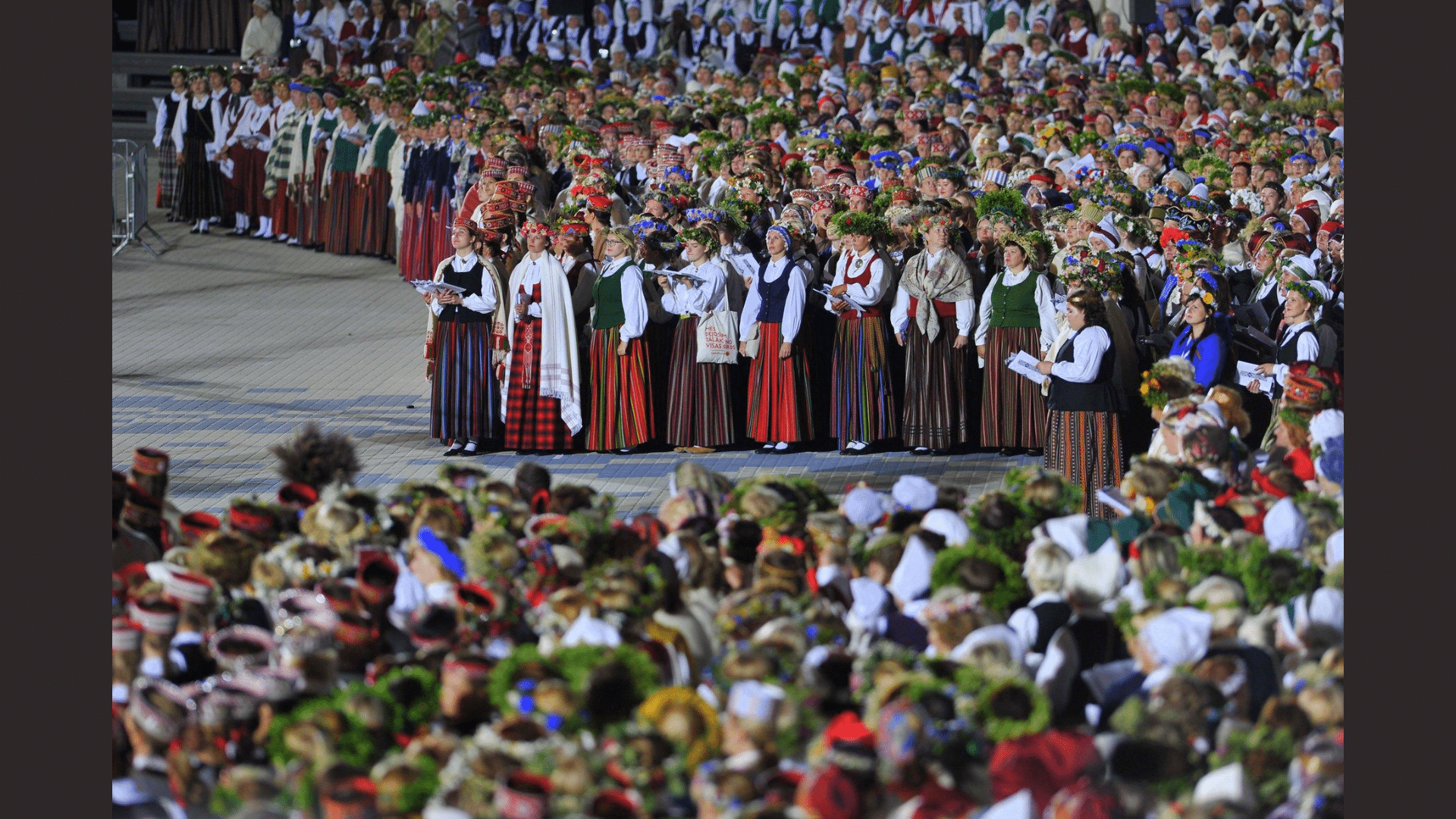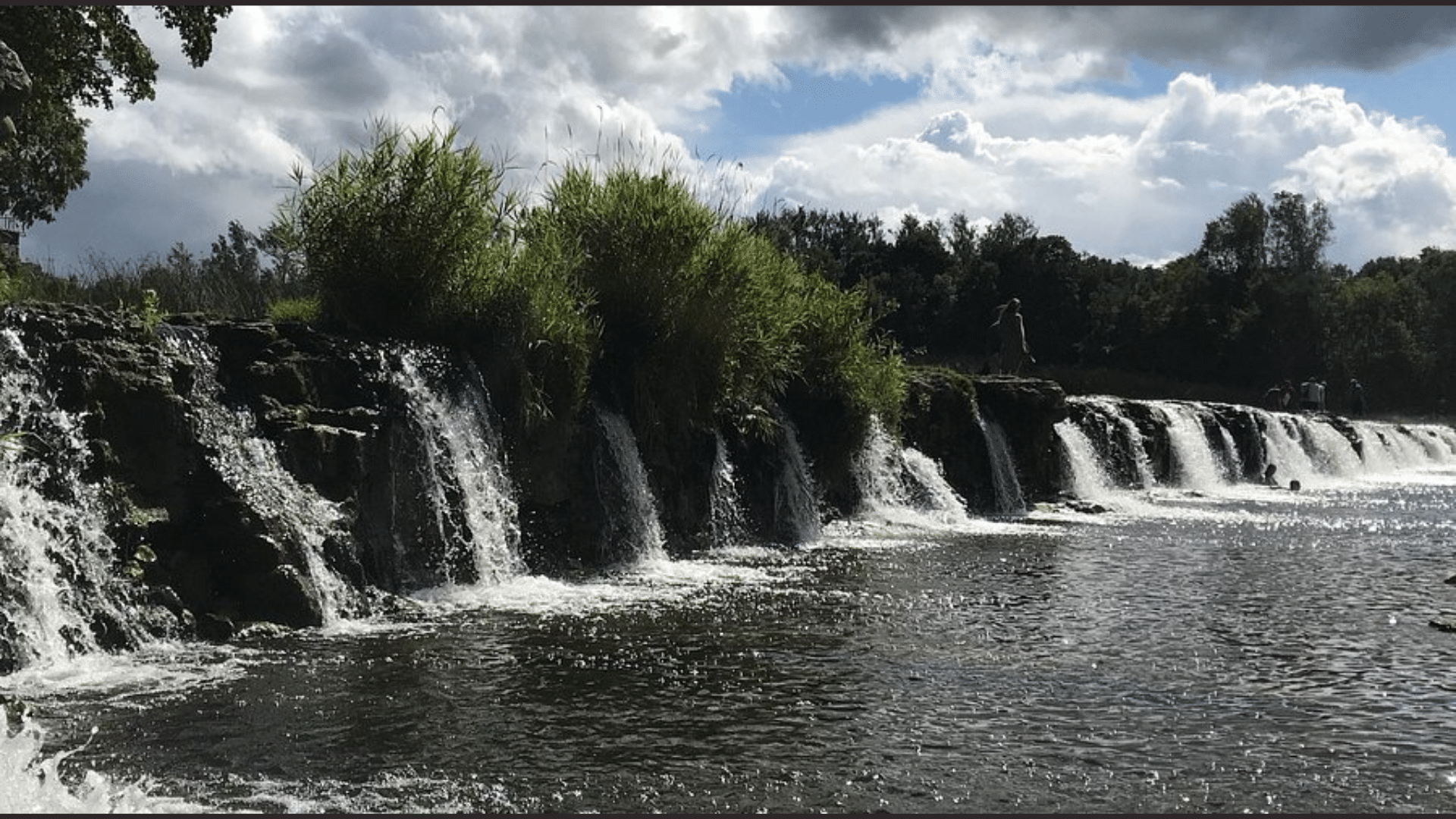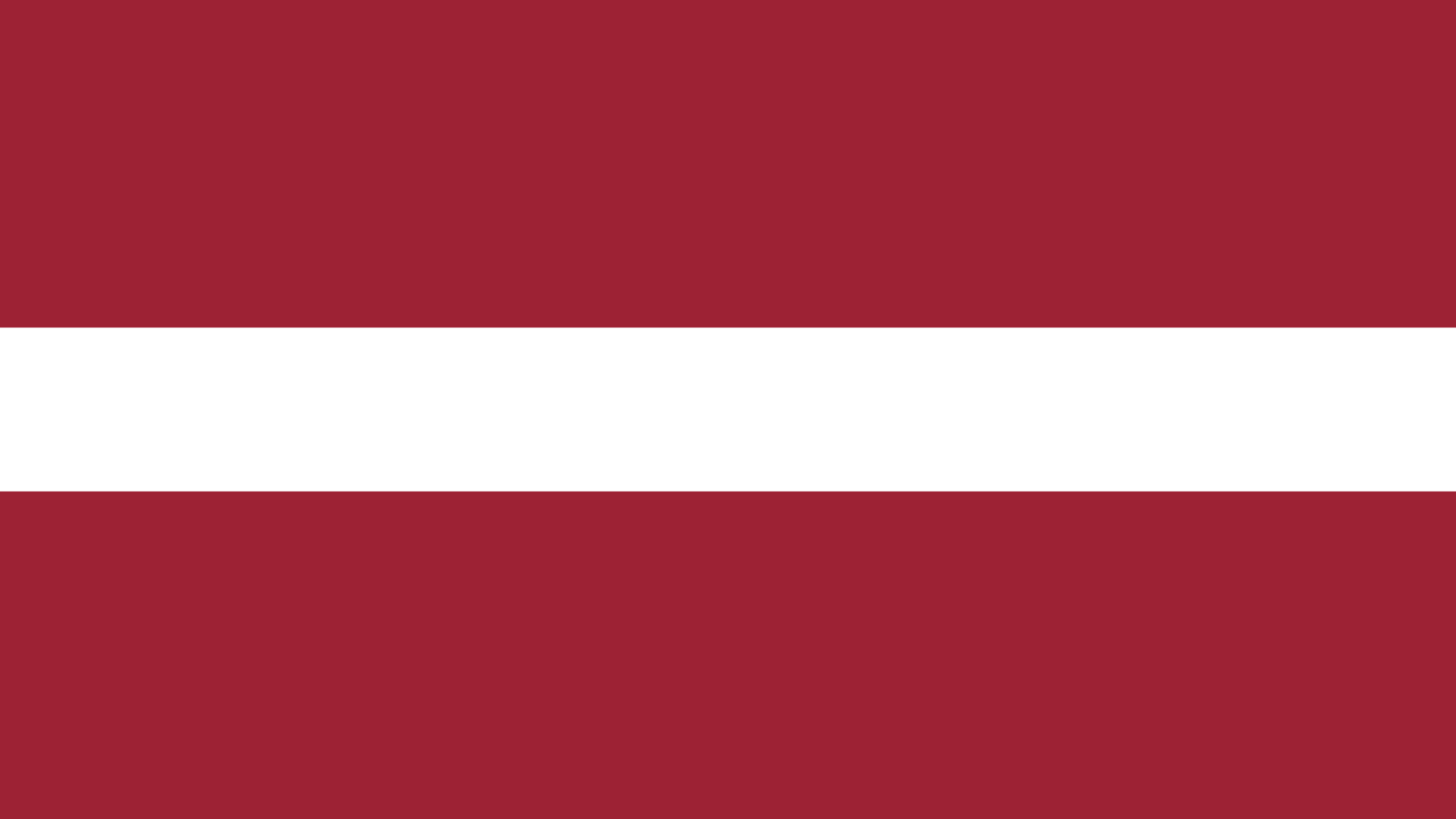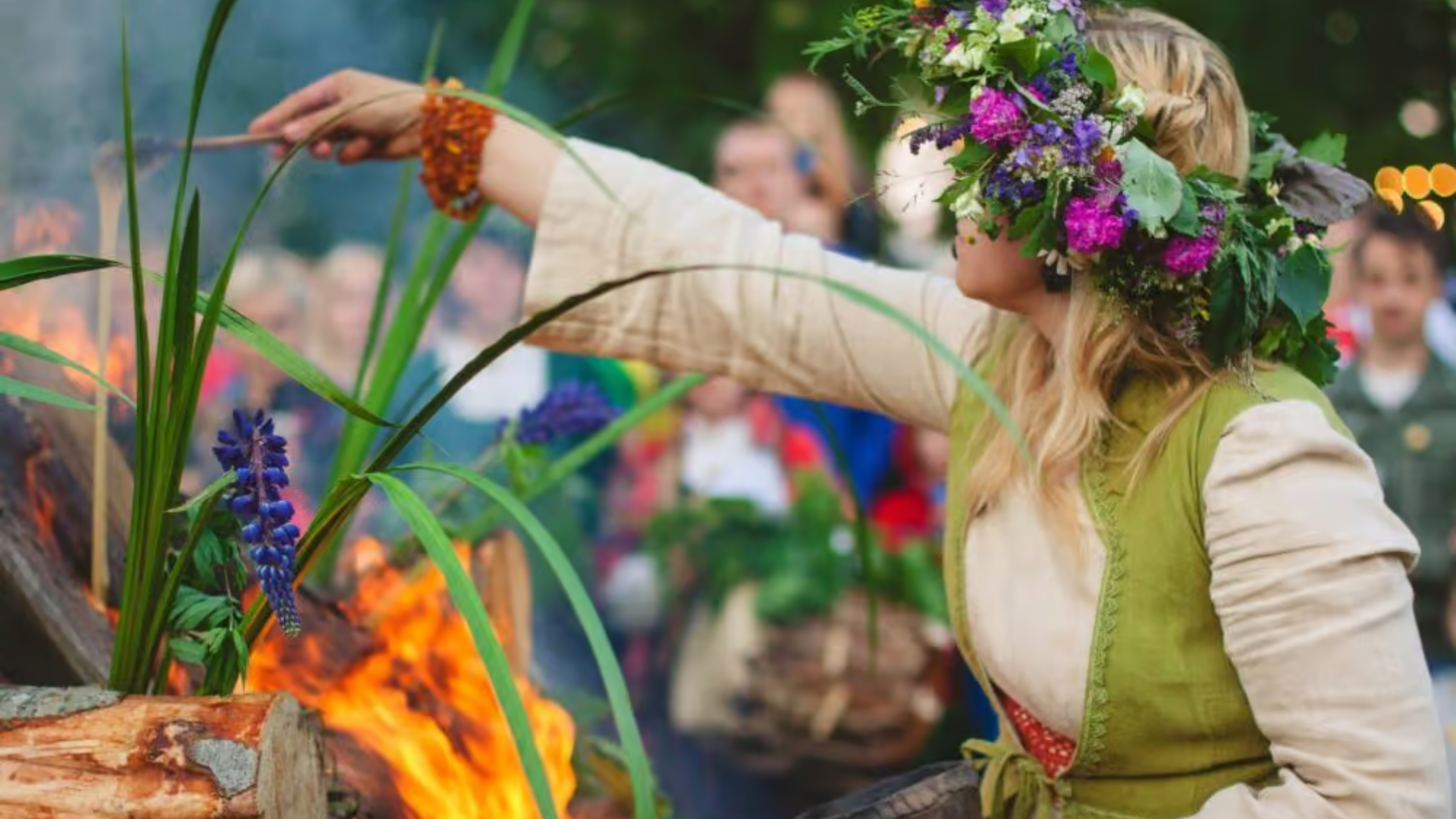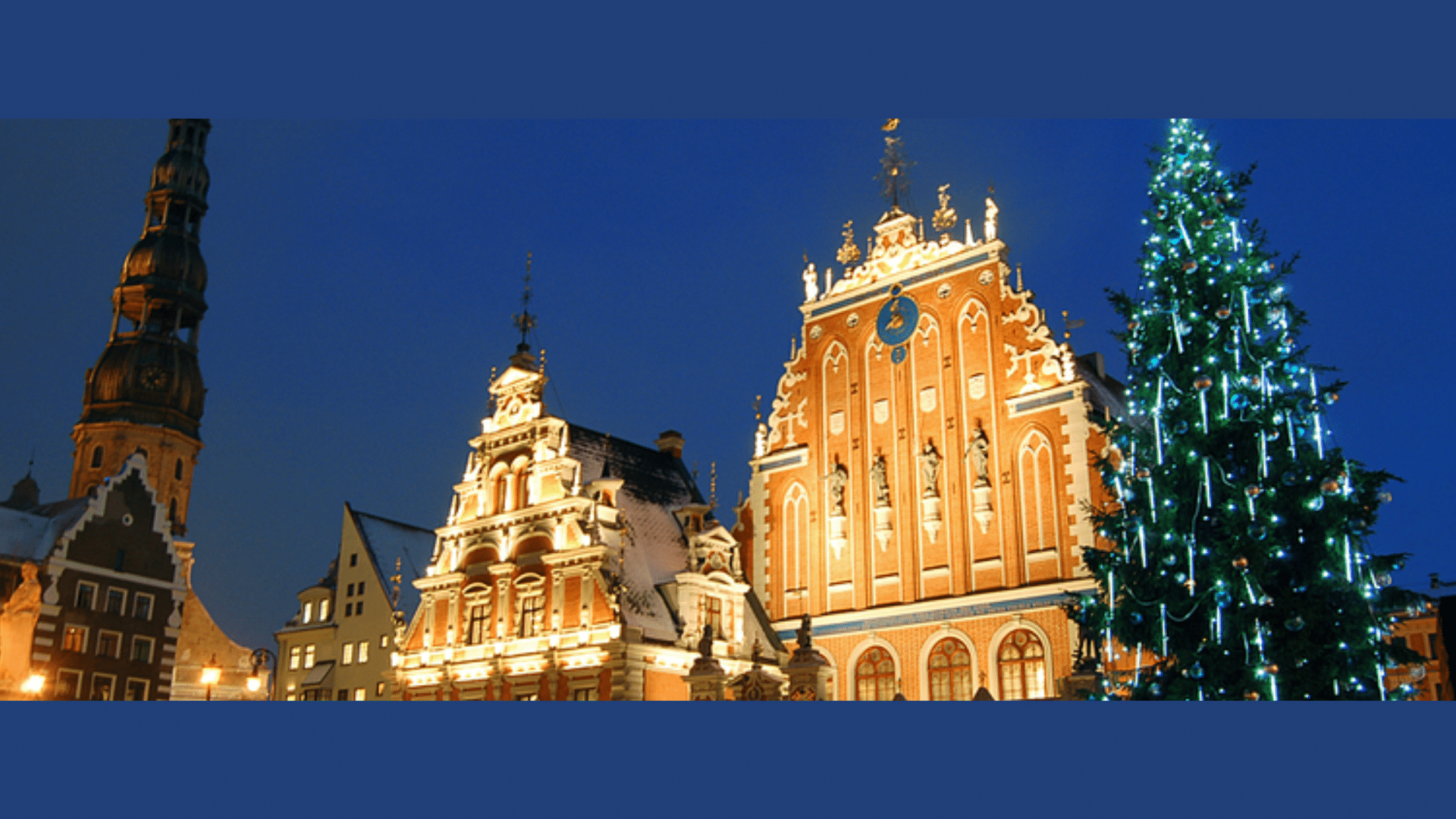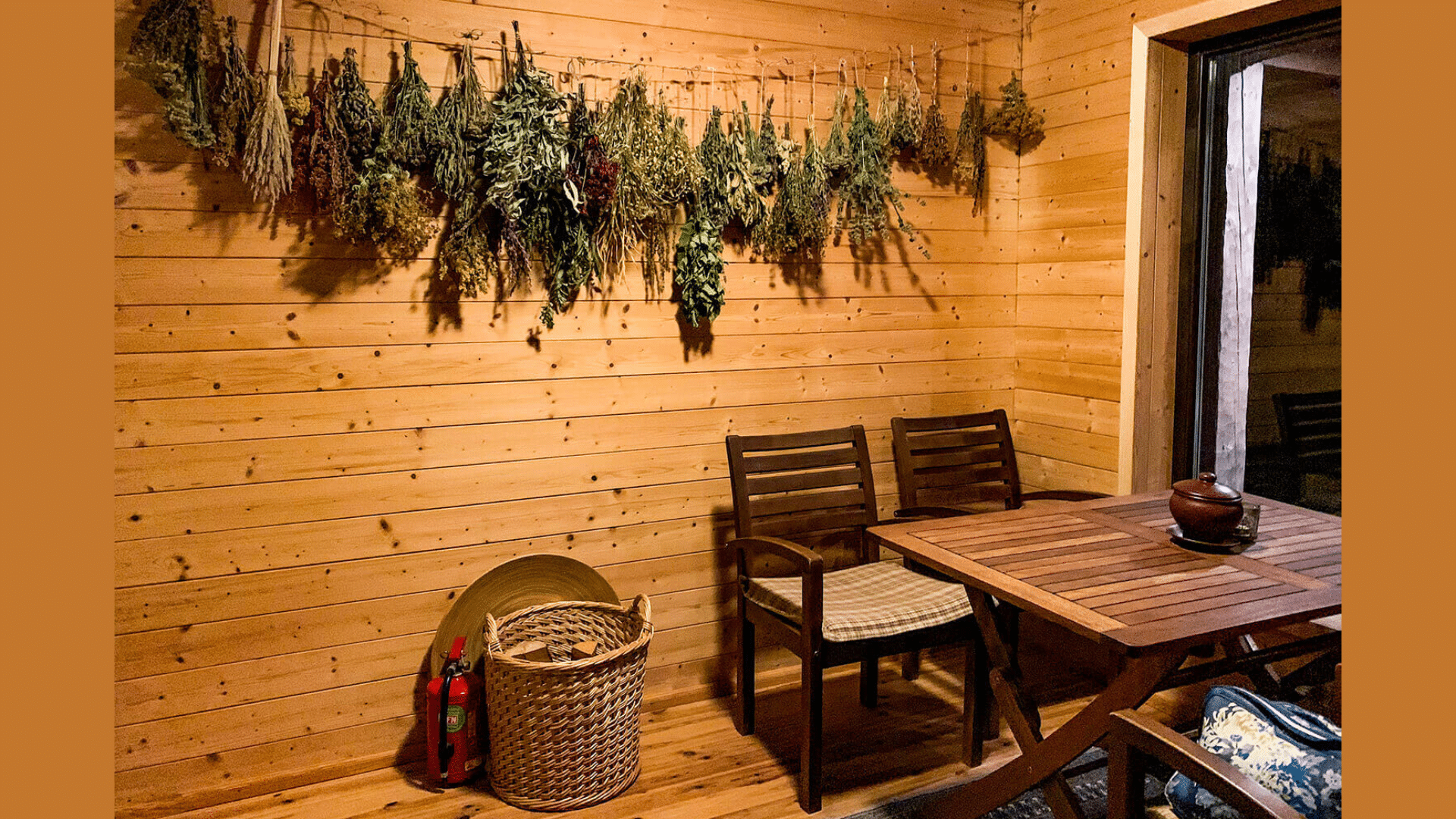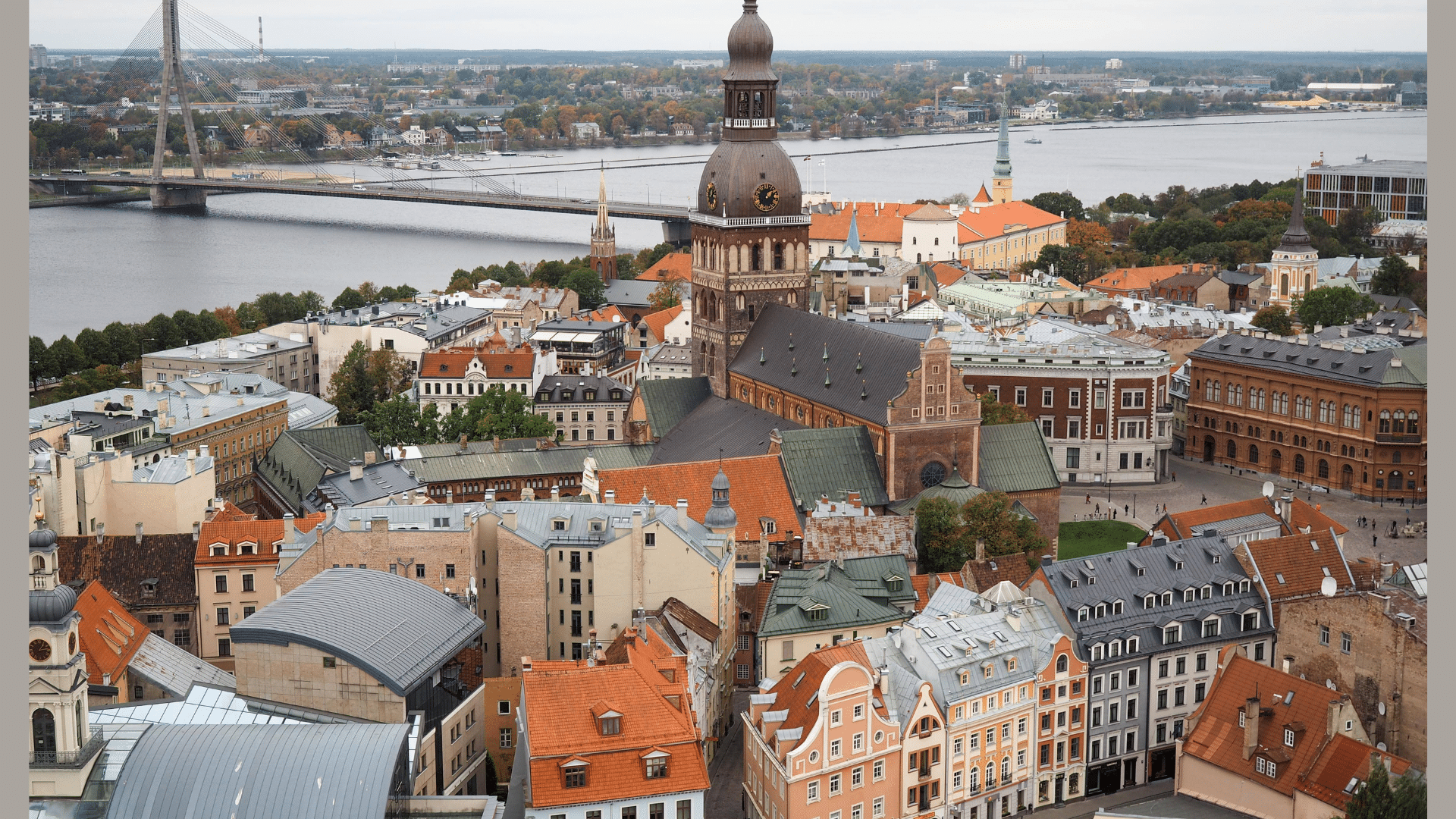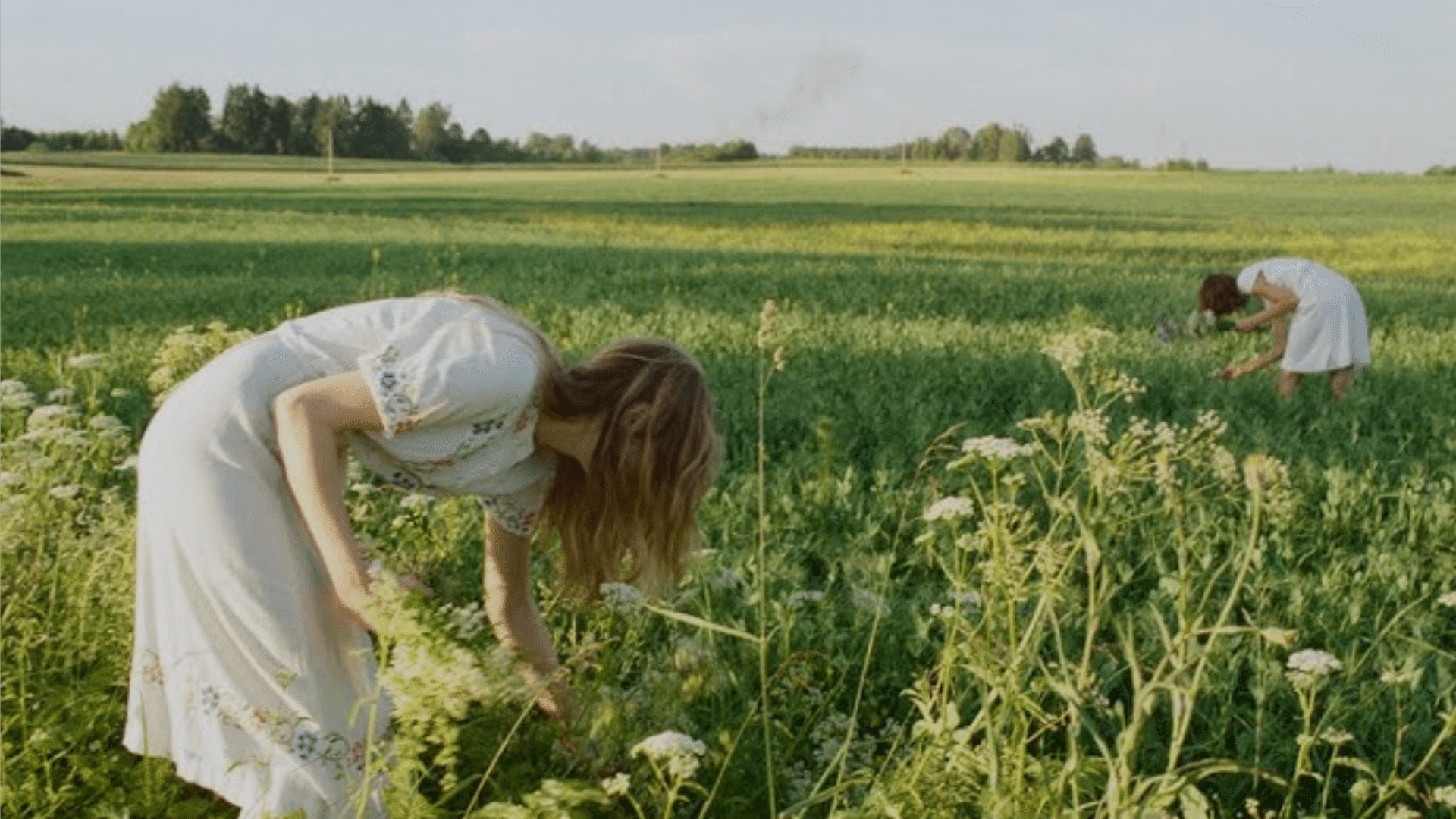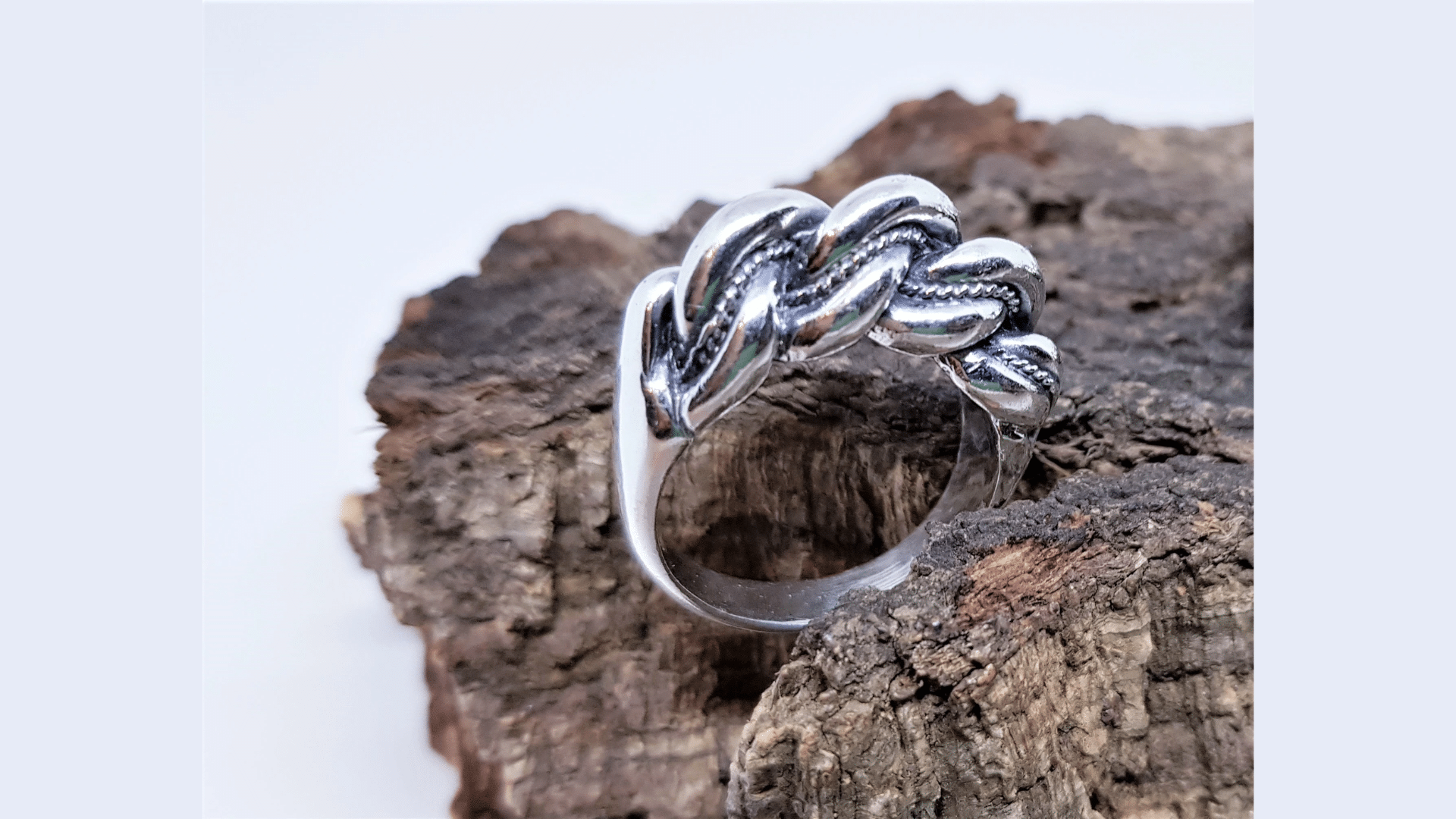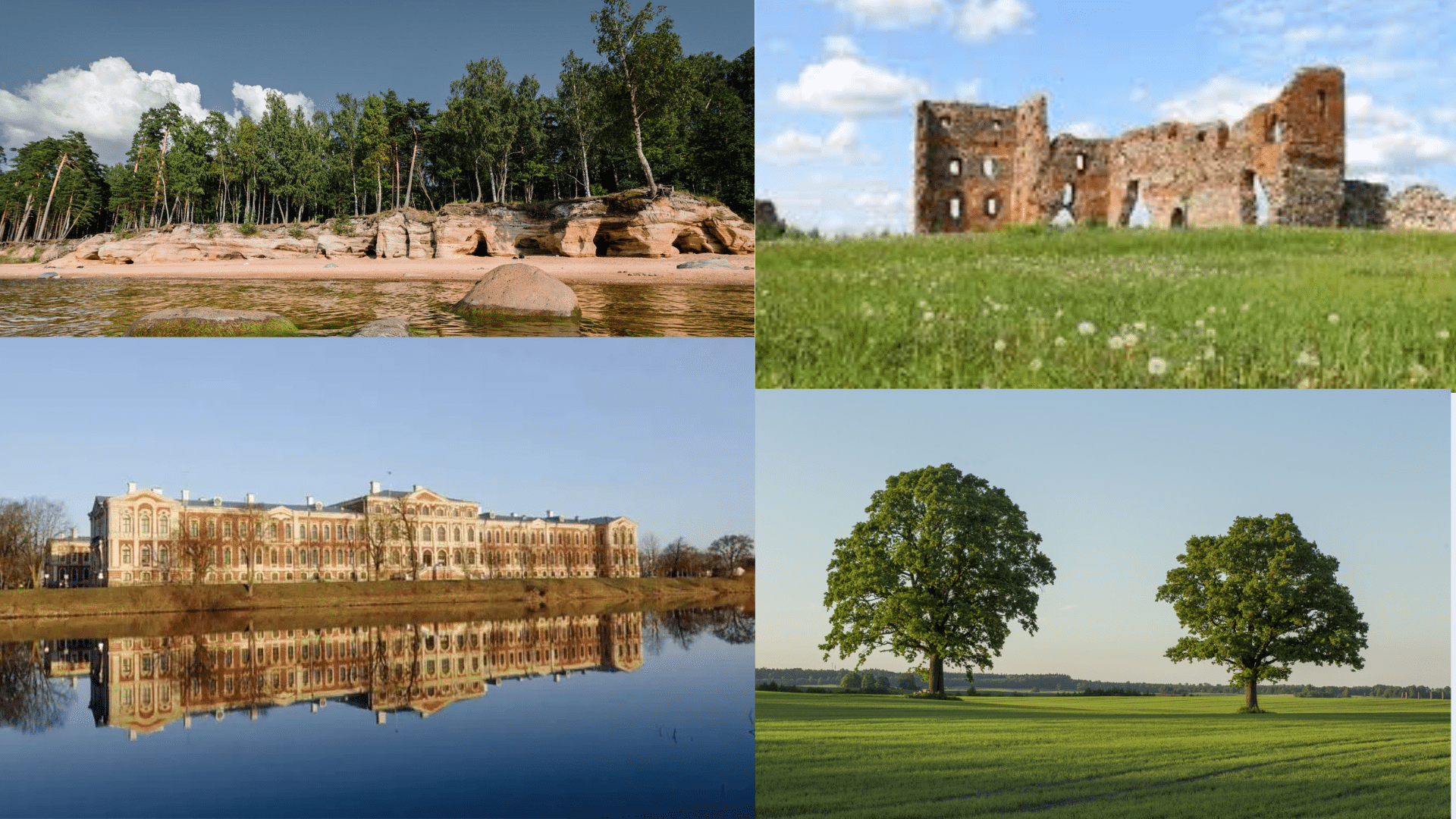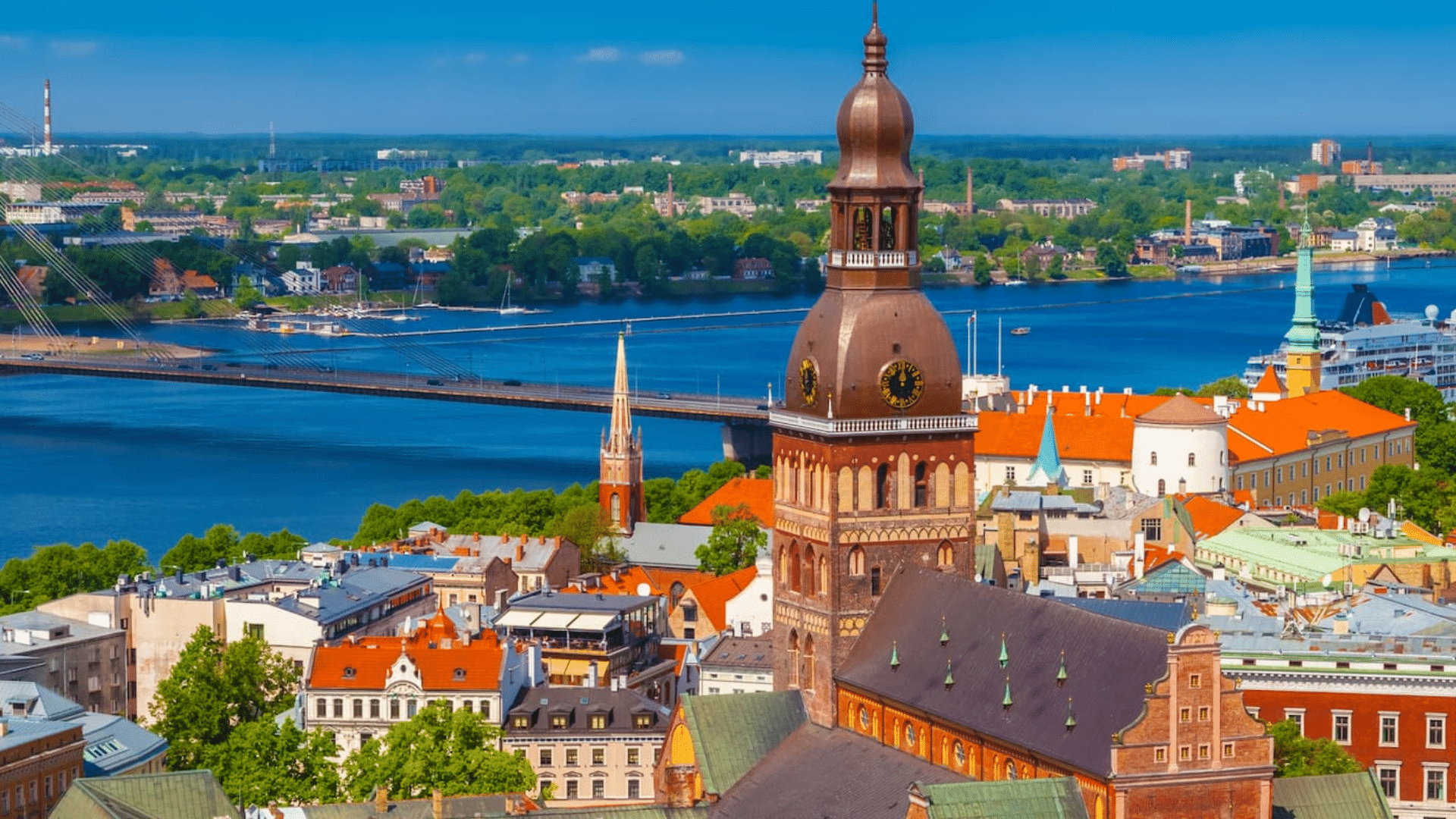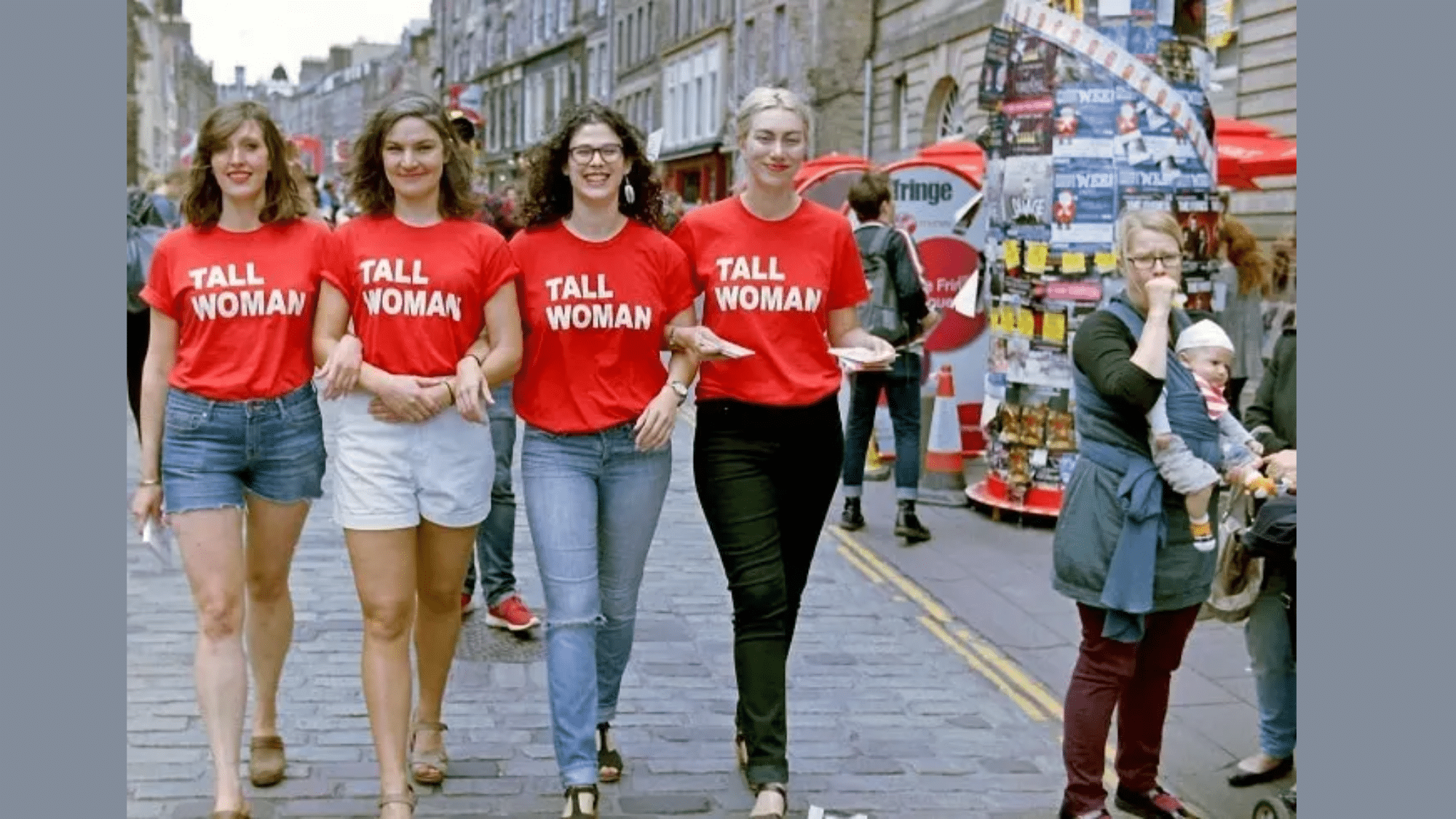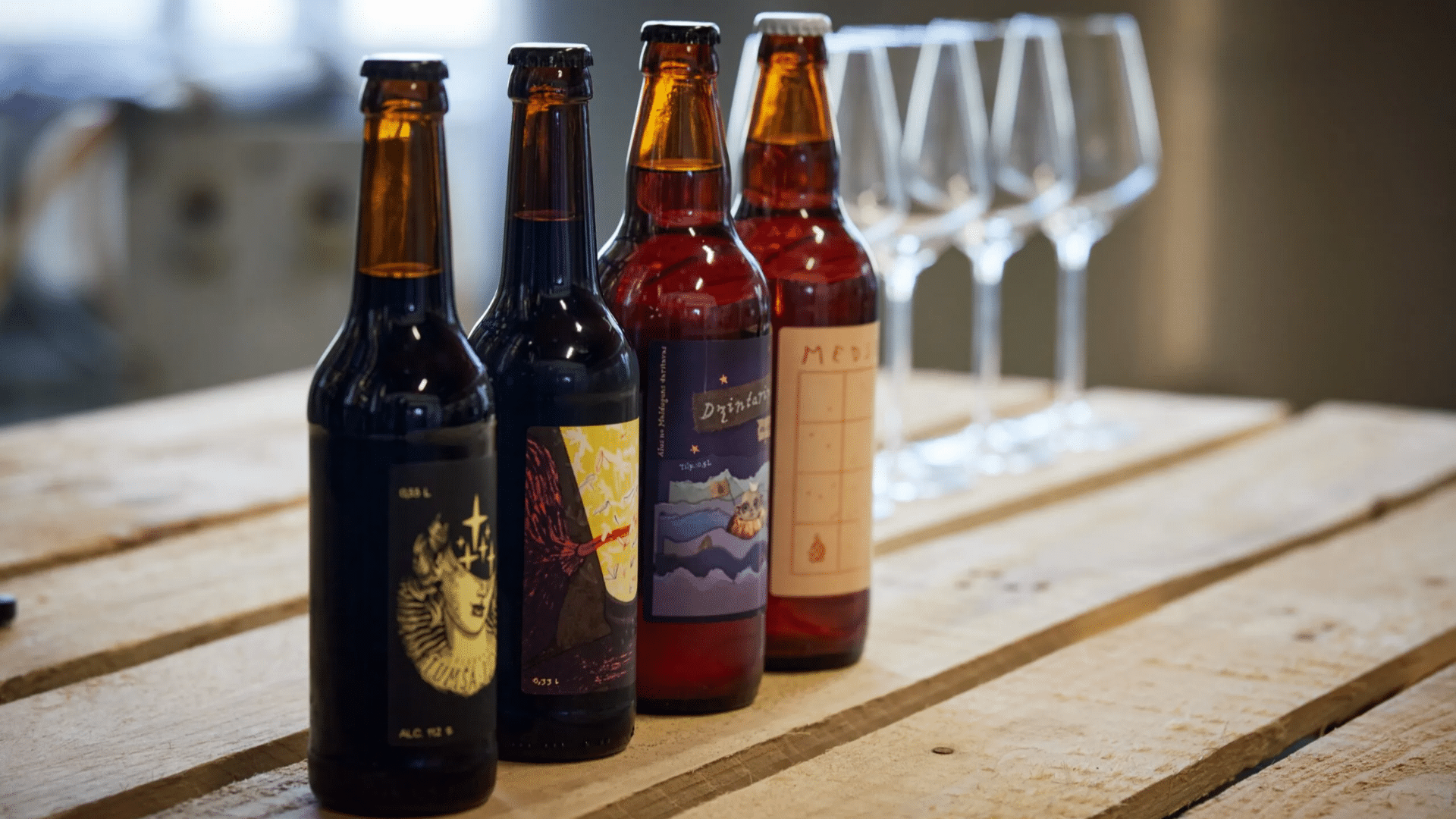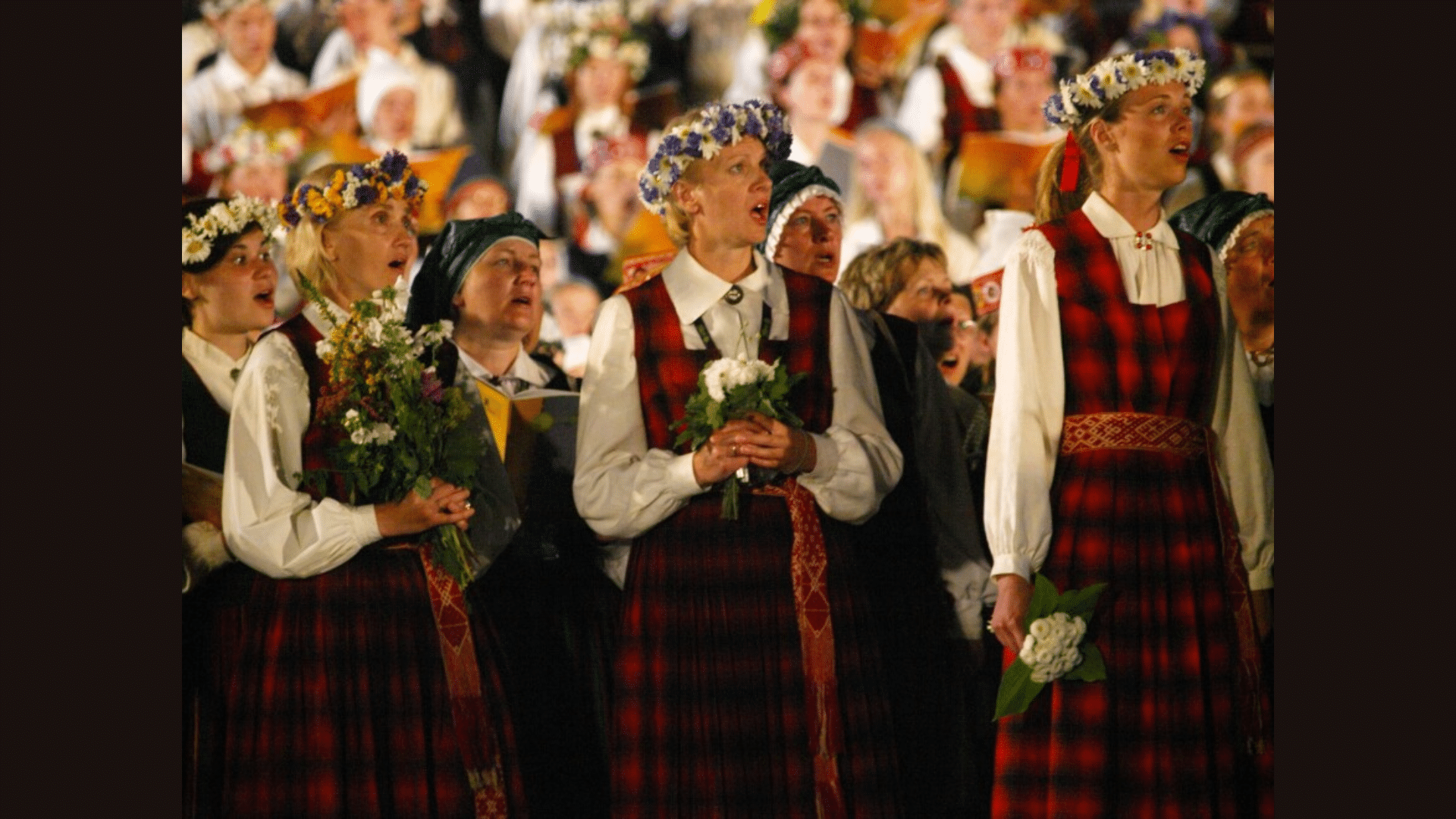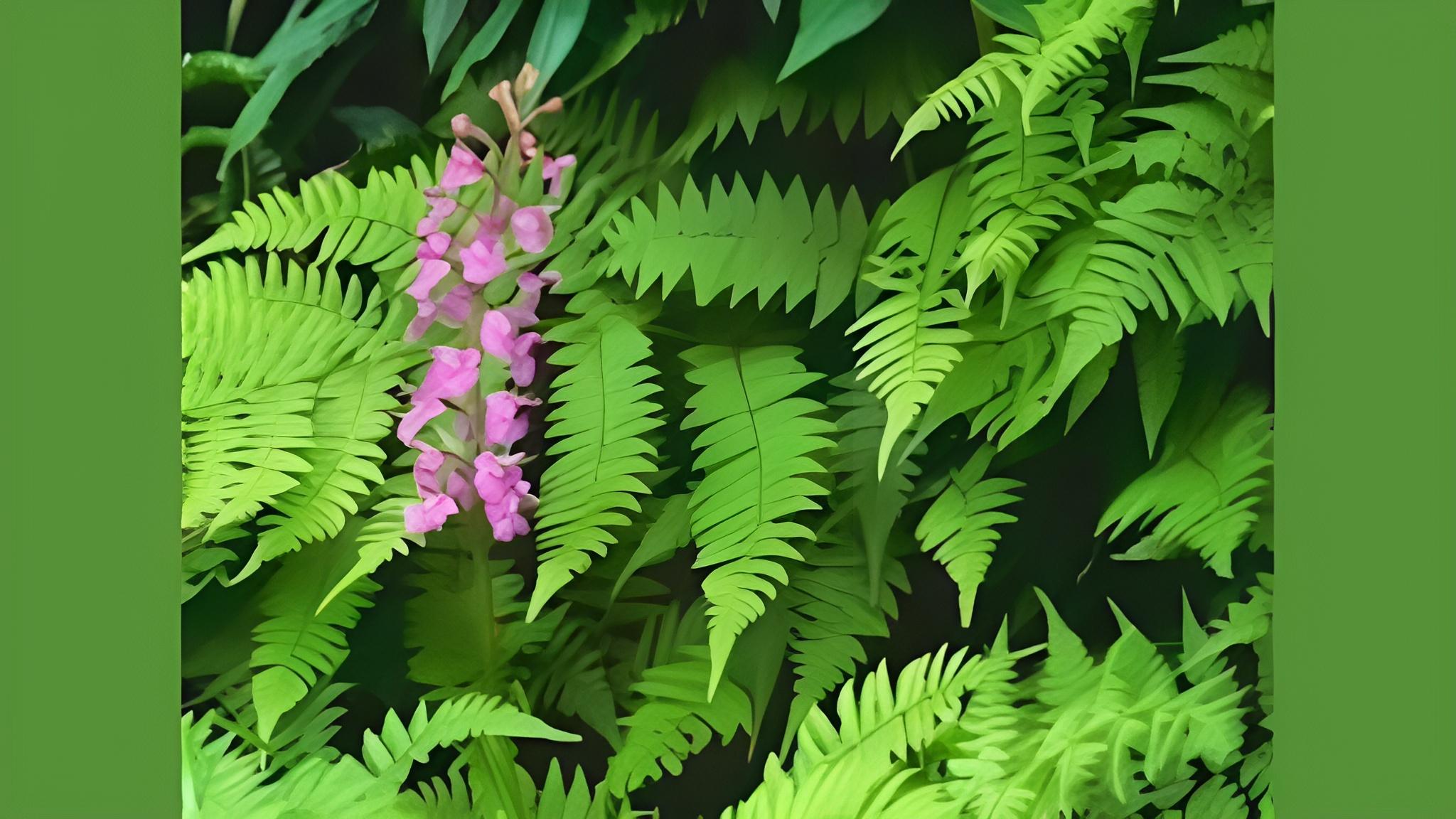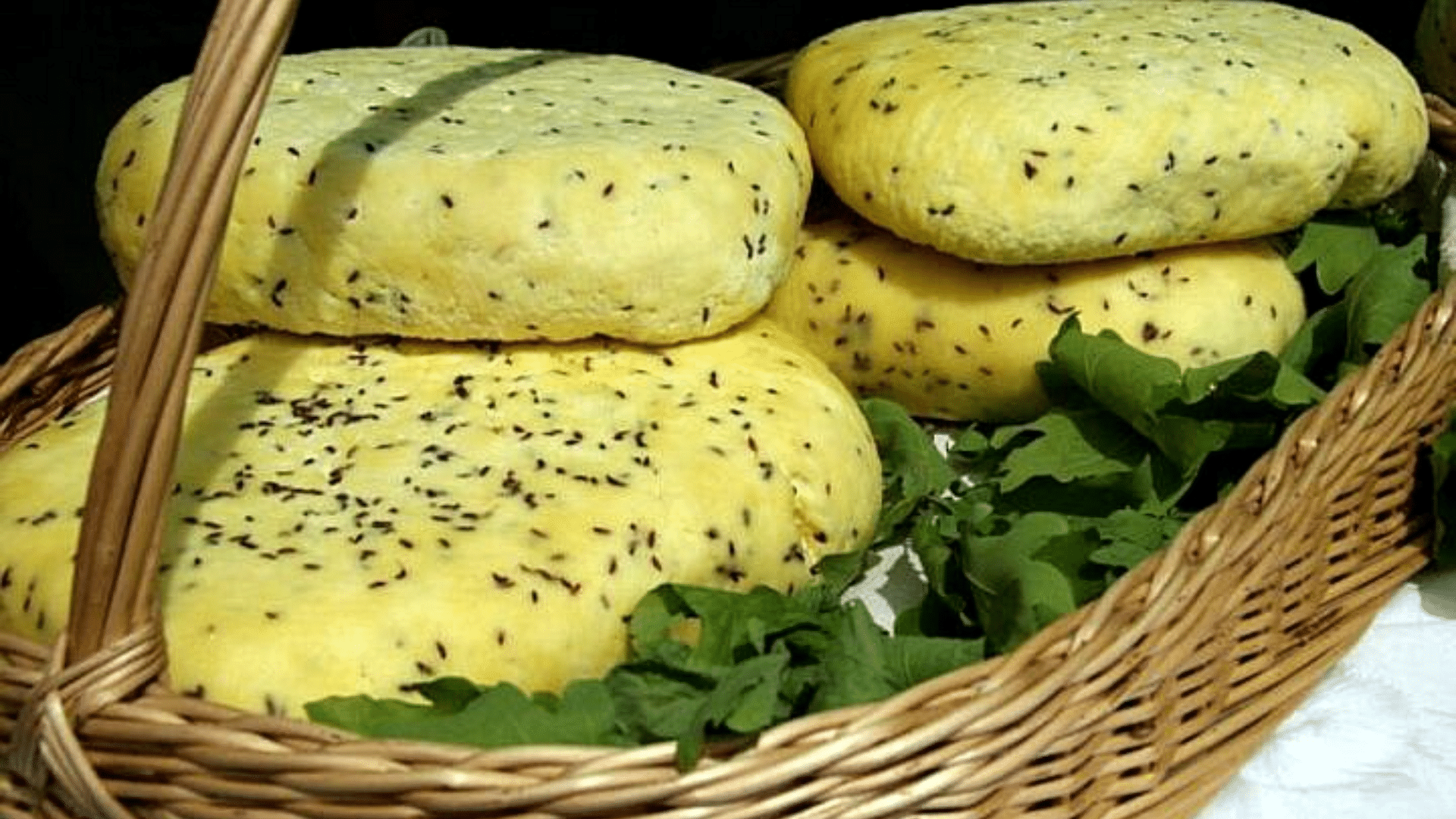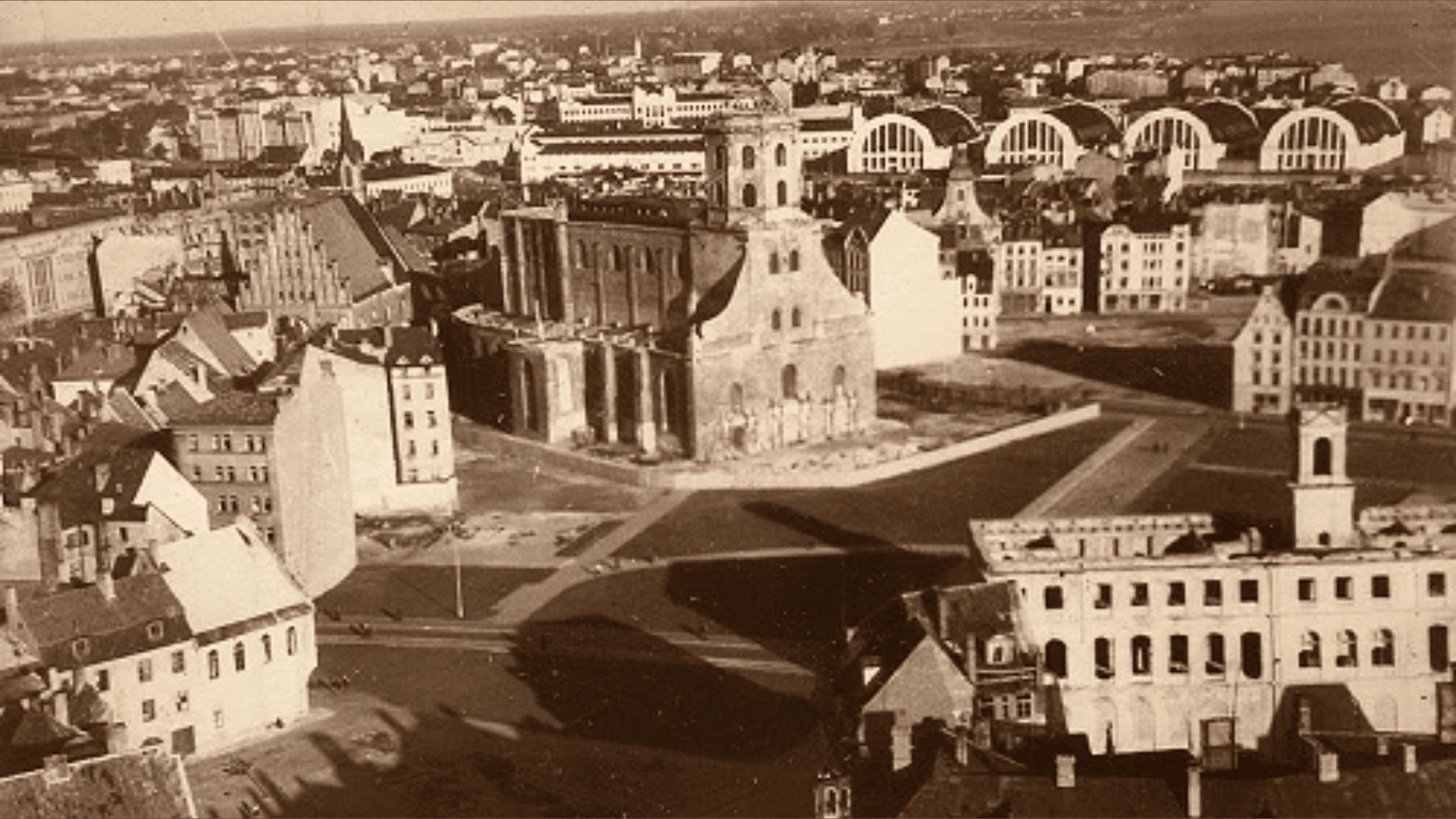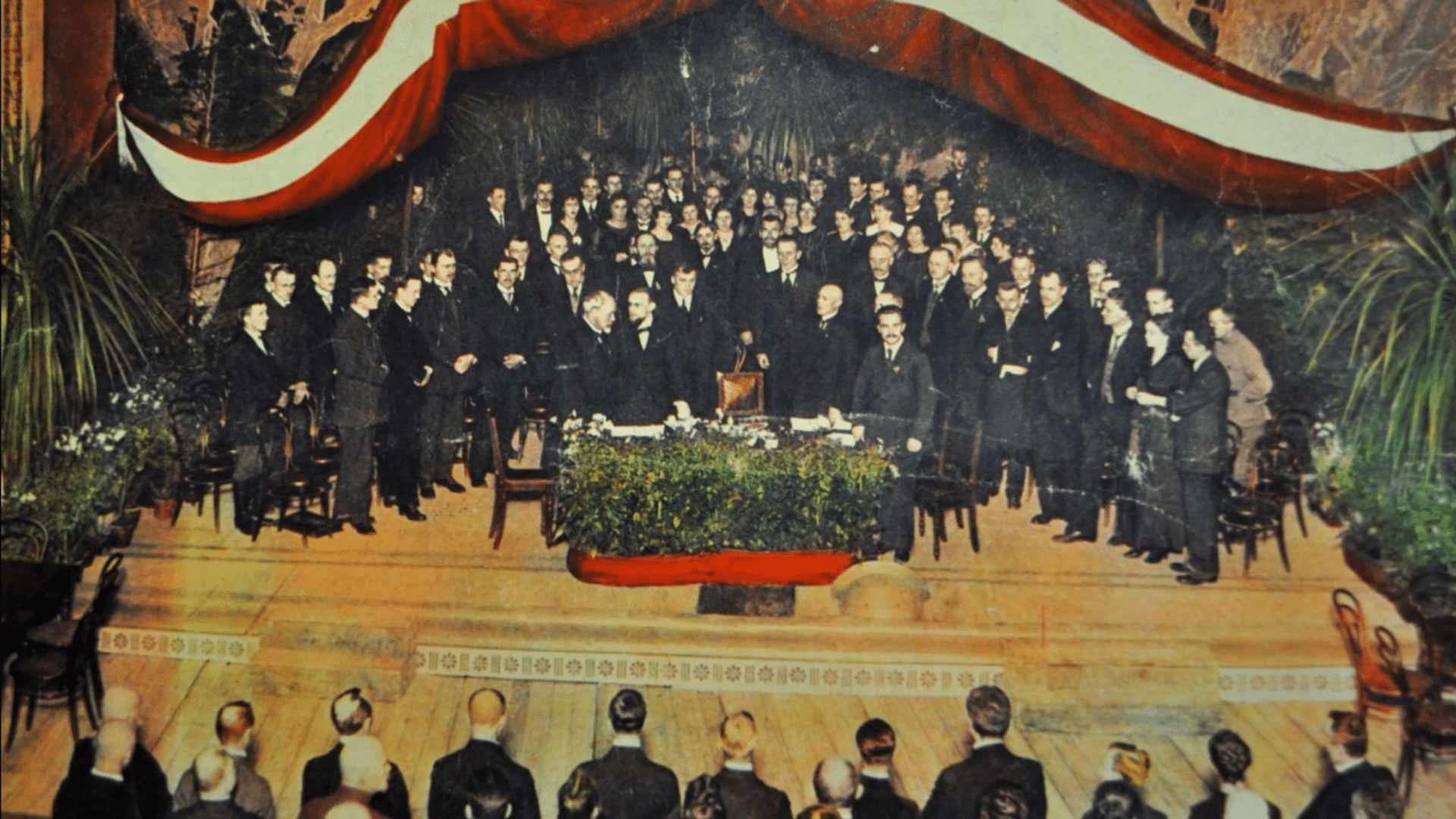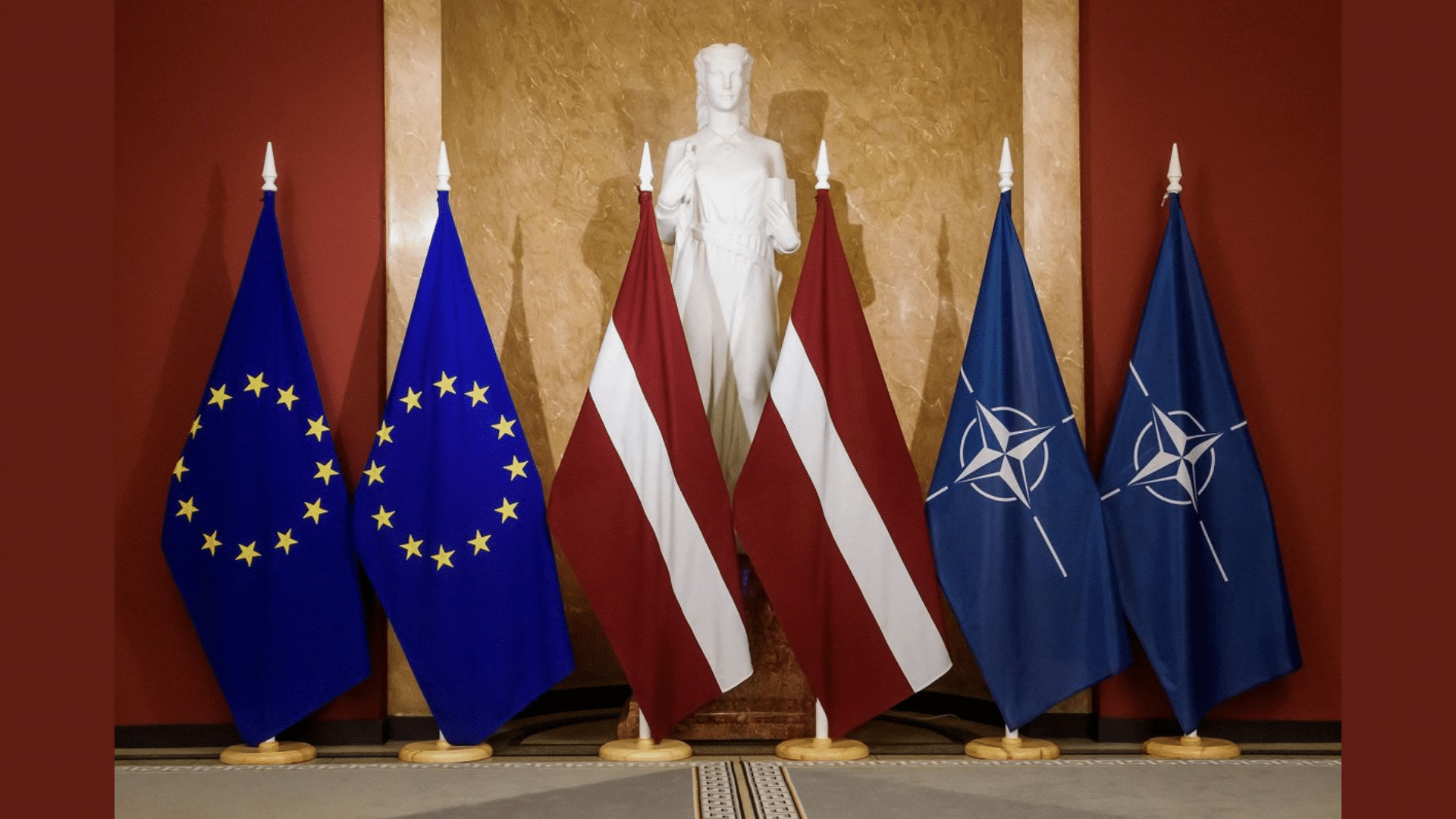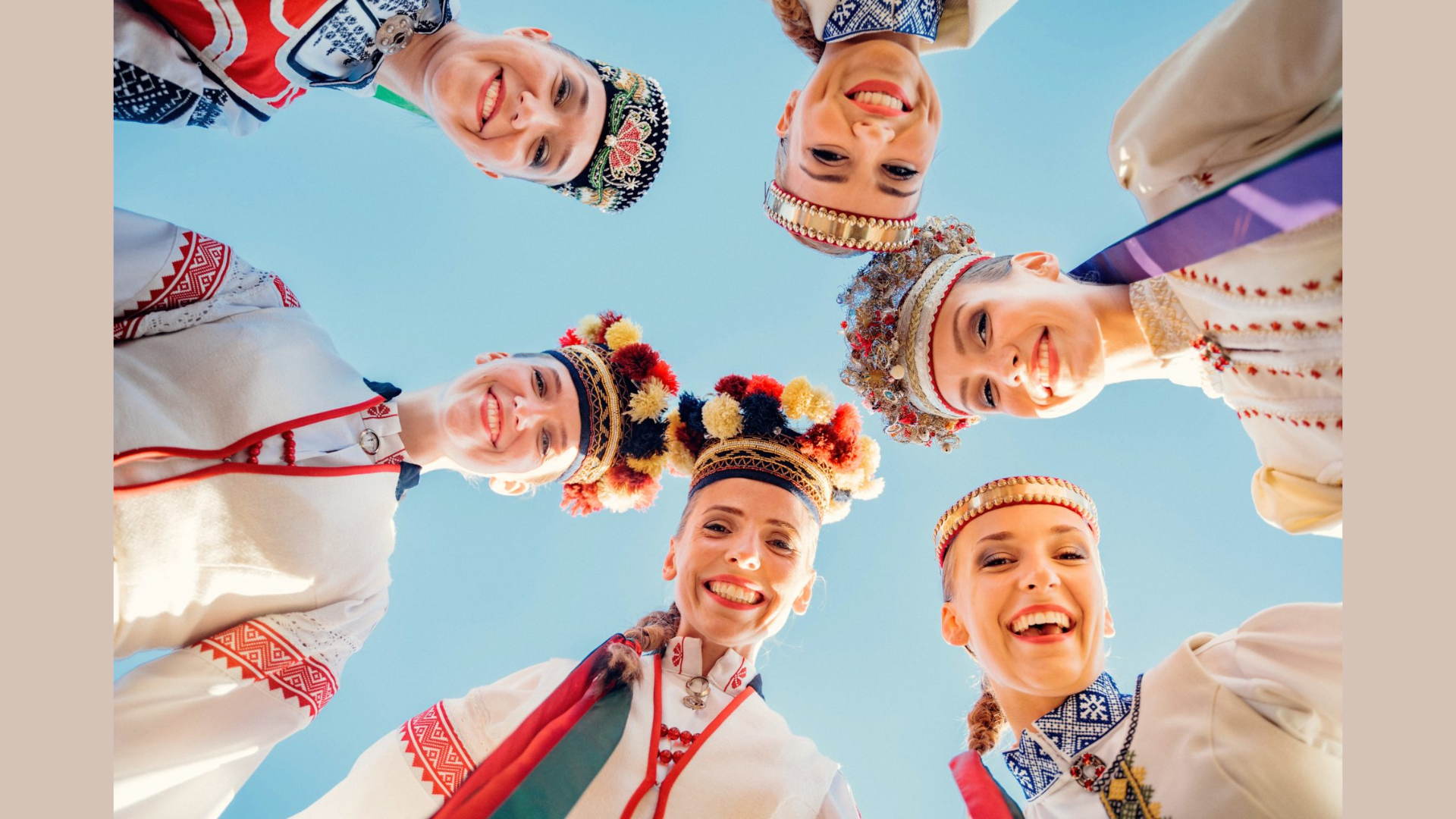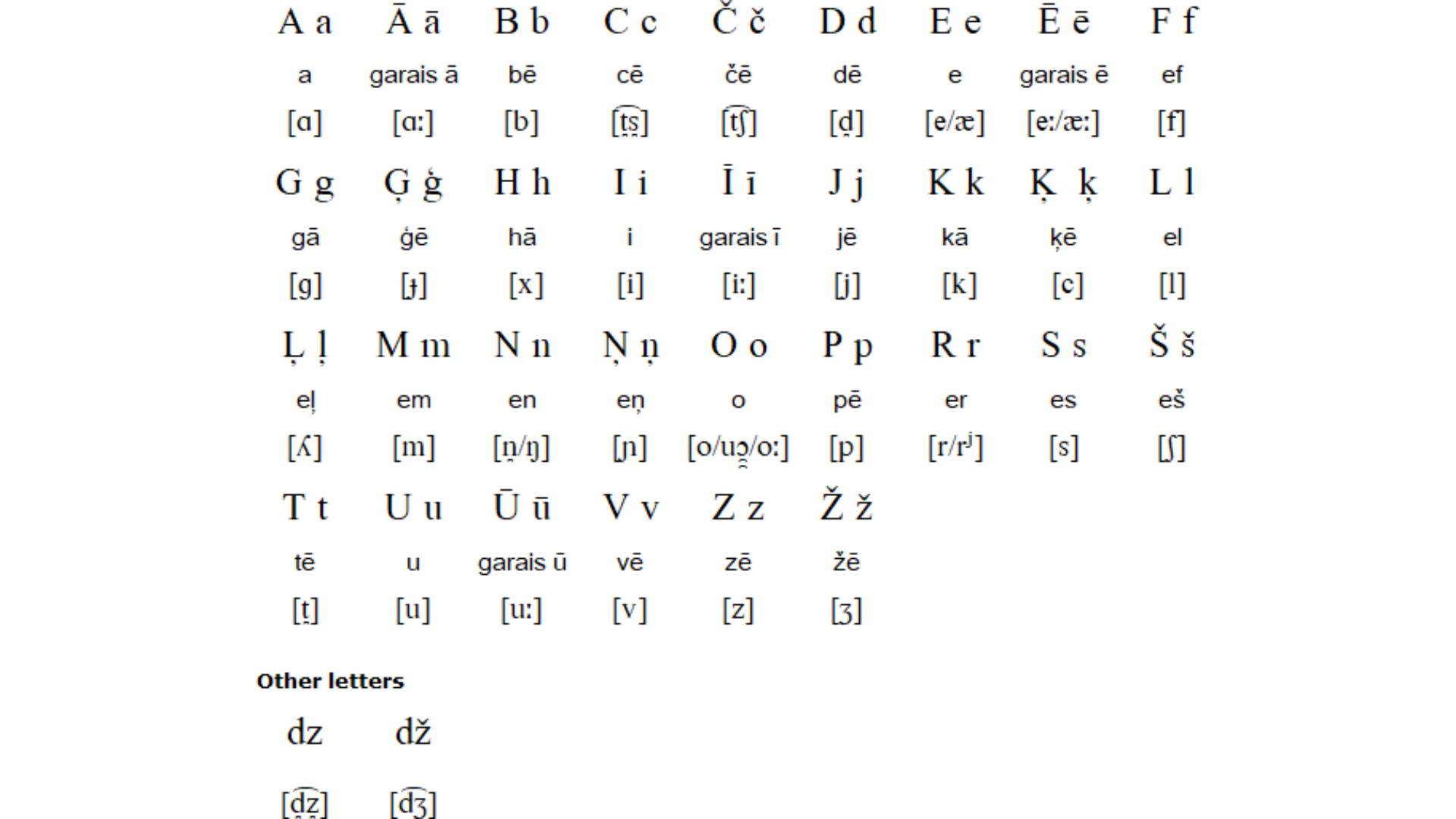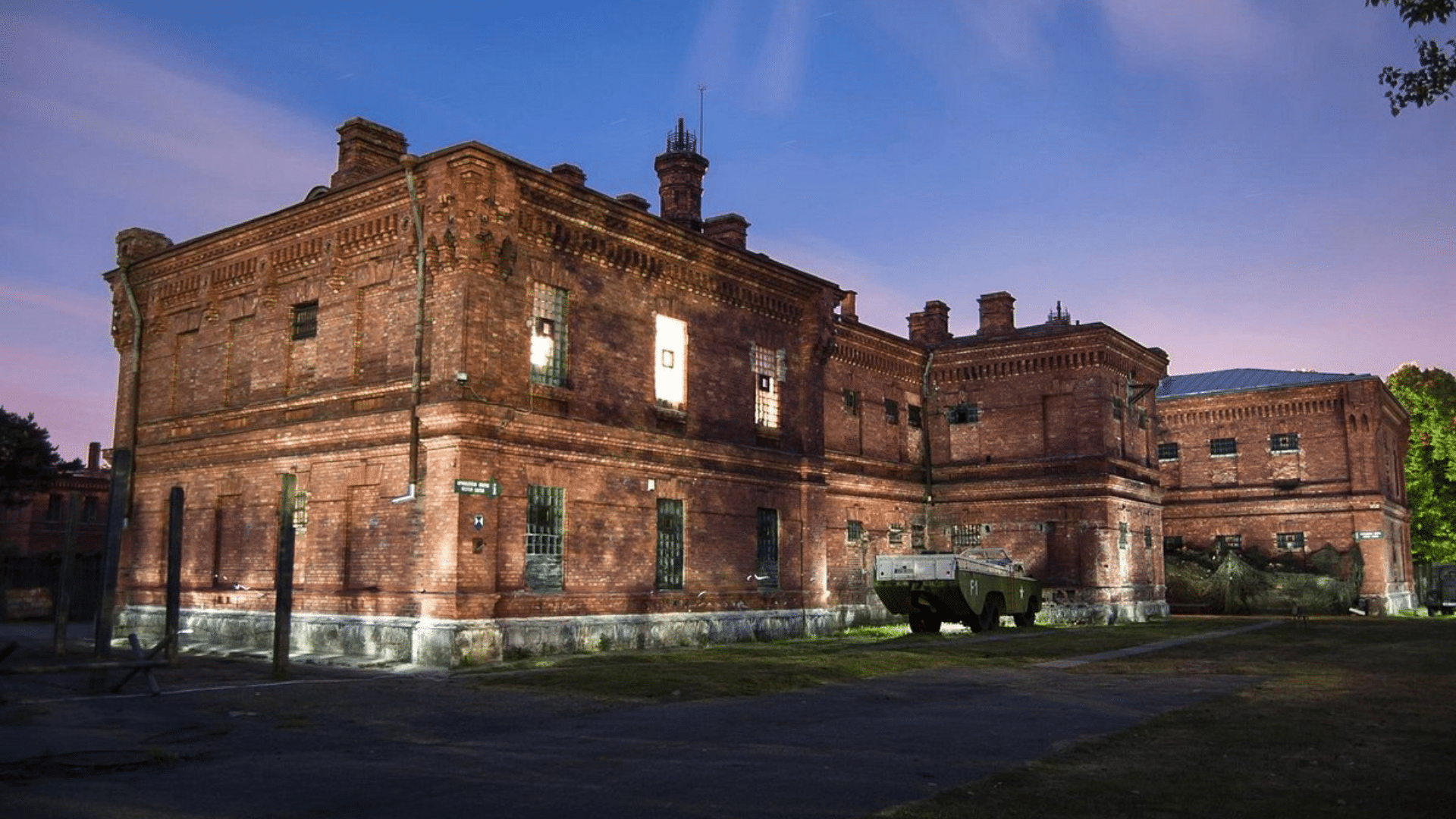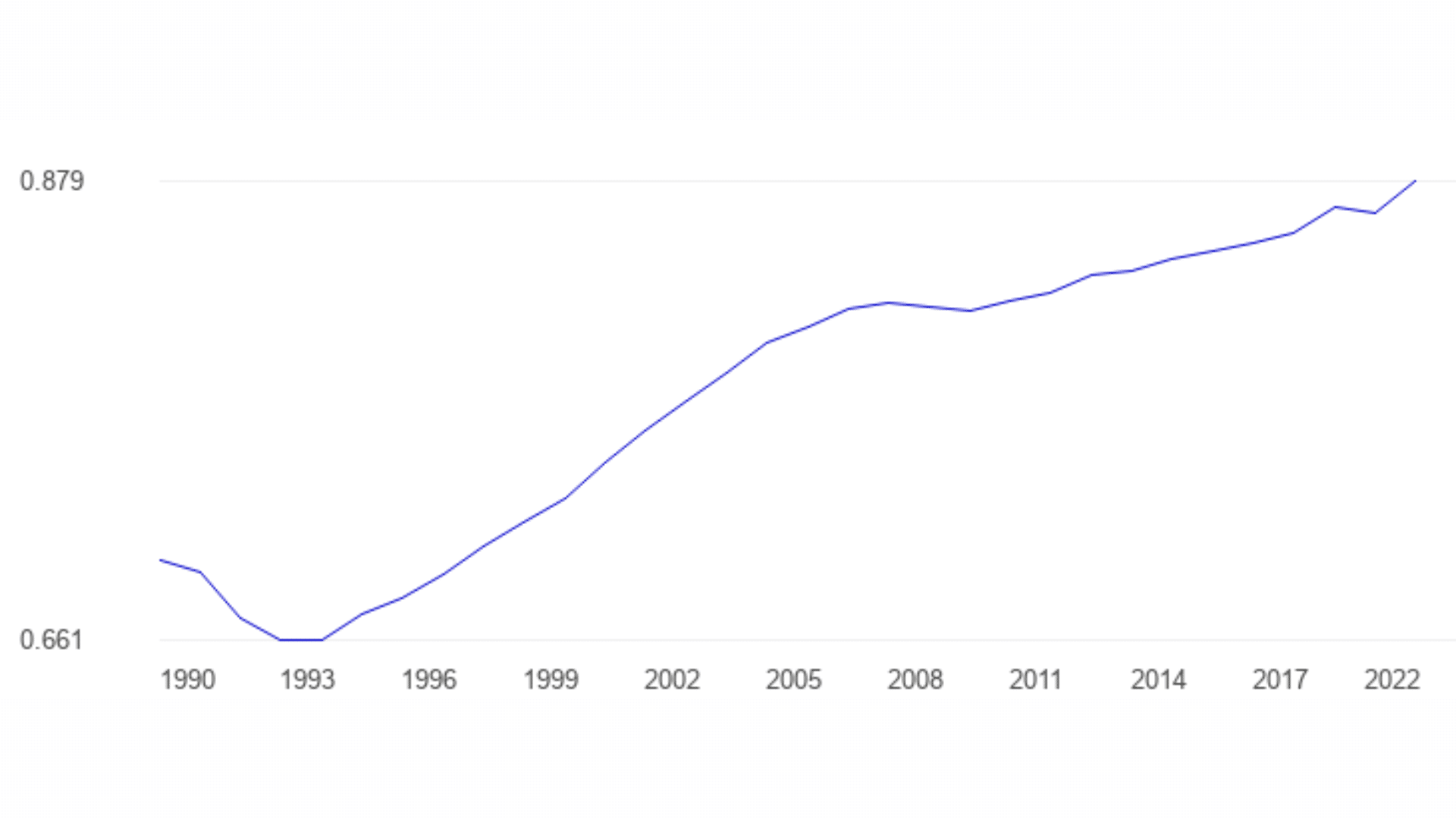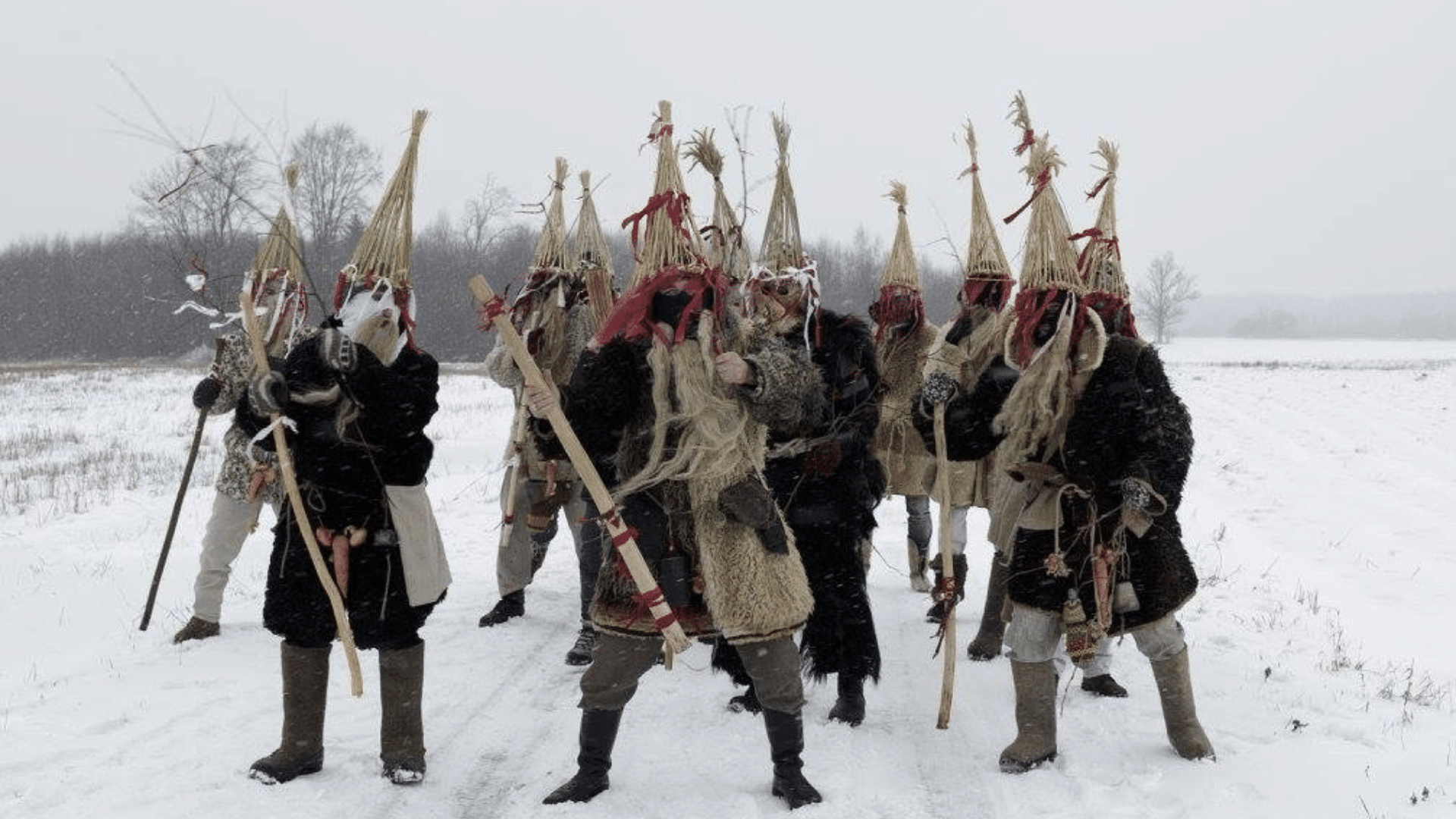Latvia might be small, but it’s packed with surprises! From the lush green forests to its beautiful lakes and coastlines, there’s so much about this hidden gem in Europe.
The country has a rich mix of traditions, interesting history, and a culture that really stands out. Whether it’s quirky festivals, unique foods, or interesting landmarks, Latvia has something special waiting at every corner.
Imagine celebrating the summer solstice with bonfires or hunting for mythical flowers, sounds like a story. Latvia combines nature, old customs, and modern charm in a completely unforgettable way.
Some Interesting Facts About Latvia
Latvia is a country rich in history, natural beauty, and rich and cultural traditions. Check out these surprising facts about Latvia.
1. Latvia’s Green Landscape
Latvia is known for its lush green landscape, with forests covering much of the country.
Here are Some Highlights:
- More than 50% of Latvia’s land is covered by forests, offering rich biodiversity.
- Latvia’s forests are home to over 80 species of trees.
- The country has over 12,000 rivers and streams that flow through its green spaces.
- Latvia is famous for its abundance of mushrooms and berries.
- The country’s extensive natural parks make it an eco-tourism hotspot.
2. Riga’s Art Nouveau Marvel
Riga is famous for its beautiful Art Nouveau architecture.
Here’s What Makes It Stand Out:
- Over 800 Art Nouveau buildings are found throughout the city.
- Riga has one of the highest concentrations of Art Nouveau architecture globally.
- The city’s Art Nouveau district is a UNESCO World Heritage site.
- The buildings are known for their intricate decorative elements and classy exteriors.
- Riga’s architecture reflects a time of cultural and artistic flourishing in the early 20th century.
3. The Latvian Song and Dance Festival
A significant cultural event, the Latvian Song and Dance Festival has deep roots in the nation’s identity.
- Held every five years, it features more than 10,000 singers.
- It celebrates Latvia’s long-standing choral tradition.
- The festival has been recognized by UNESCO for its cultural importance.
- It’s one of the world’s largest and oldest song festivals.
- The event is a vibrant expression of Latvia’s national pride and heritage.
4. Europe’s Widest Waterfall in Venta Rumba
Latvia is home to the widest waterfall in Europe, located in kuldīga.
Here’s Why It’s Special:
- Venta Rumba spans 110 meters across, making it Europe’s widest waterfall.
- Despite its width, the waterfall’s height is just 2 meters.
- The waterfall is a popular spot for local wildlife, including fish and birds.
- The area surrounding Venta Rumba is a peaceful nature reserve.
- It’s a must-see natural attraction for visitors to kuldīga.
5. One of The Oldest National Flags
Latvia’s flag has a deep historical significance. Here’s why it’s considered one of the oldest:
- The Latvian flag dates back to the 13th century, making it one of the oldest in the world.
- The flag’s red and white colors symbolize courage and purity.
- It was first used during the Latvian War of Independence in the early 20th century.
- The flag was officially adopted in 1922 after Latvia gained independence.
- Latvia’s flag is a symbol of national pride and unity.
6. Latvia’s Midsummer Celebration
Midsummer is Latvia’s biggest celebration, filled with tradition and fun.
Here’s What Makes It Unique:
- The festival, called jāņi, celebrates the summer solstice.
- People celebrate with bonfires, singing, and dancing.
- Many wear wreaths made of wildflowers to mark the occasion.
- It’s a time for feasting, with traditional foods like cheese and beer.
- The festival celebrates the longest day of the year in Latvia.
7. Birthplace of The Christmas Tree Tradition
Riga is credited with starting a global holiday tradition. Here’s why it’s special:
- Riga is where the first decorated Christmas tree was set up in 1510.
- The tree was decorated with candles, ribbons, and roses.
- The tradition of decorating a Christmas tree quickly spread throughout Europe.
- Riga’s Christmas market now features a large decorated tree annually.
- The city celebrates its Christmas tree history with festive events each year.
8. Unique Latvian Sauna Tradition
The country has its own sauna tradition that is deeply tied to folk rituals. Here’s what makes it different.
- Latvian pirts saunas are not just for bathing but also for spiritual cleansing.
- They use natural herbs and plants like birch to increase the experience.
- Pirt’s rituals often involve special songs and chants for purification.
- The sauna experience is often followed by a cooling dip in a lake or river.
- It’s a centuries-old tradition passed down through generations.
9. Riga: A Highly Urbanized City
Riga, the capital of Latvia, is a bustling metropolis. Here’s why it’s the heart of the country:
- More than one-third of Latvia’s population lives in Riga.
- The city is a cultural and economic hub, with a vibrant arts scene.
- Riga’s old town is a UNESCO World Heritage site, rich in history.
- The city boasts a modern skyline alongside historic architecture.
- Riga has one of the best public transportation systems in Latvia.
10. Latvia’s 20-Hour Midsummer Daylight
This country experiences nearly 20 hours of daylight during the summer solstice. Here’s how it’s celebrated:
- The summer solstice marks the longest day of the year in Latvia.
- The extended daylight hours are perfect for outdoor festivals and gatherings.
- Midsummer celebrations stretch into the late evening, with people enjoying nature.
- The country’s northern location gives it longer, brighter days.
- It’s a time when the beauty of Latvia’s natural landscapes shines the most.
11. The Symbolic Namejs Ring
The Namejs ring is an important cultural symbol in Latvia, representing deep meanings of trust and Latvian heritage.
- It represents friendship, trust, and loyalty.
- Named after the Latvian hero Namejs.
- The ring is often exchanged during weddings or important celebrations.
- Its design is unique and symbolizes Latvian culture.
- It’s a popular gift that embodies national pride.
12. Four Unique Latvian Regions
Latvia is divided into four distinct historical regions, each with its own unique traditions and characteristics.
- Vidzeme is known for its castles and forests.
- Latgale is rich in cultural diversity and traditions.
- Courland (Kurzeme) features beautiful coastlines and cities like Liepāja.
- Zemgale is a fertile agricultural region.
Each region offers unique customs and folklore.
13. Riga’s Wi Fi Paradise
Riga is known for its excellent wi fi access, with many free hotspots making it easy to stay connected.
- It has over 800 free wi fi hotspots across the city.
- Public spaces like parks and cafes offer free internet.
- The city has fast internet speeds, among the best in Europe.
- Riga is known for its advanced digital infrastructure.
- It is a digital hub for both locals and visitors.
14. Tall Latvian Women
Latvian women are among the tallest in the world, with an impressive average height that stands out globally.
- The average height for Latvian women is about 5’7” (170 cm).
- Latvia ranks near the top globally for average female height.
- Tall stature is attributed to genetics, diet, and lifestyle.
- Latvian women are celebrated for their height in various fields.
- Their height adds to their distinct presence globally.
15. Mark Rothko’s Latvian Roots
Mark Rothko, the famous abstract artist, was born in Latvia and has strong ties to the country:
- Rothko was born in Daugavpils, a city in southeastern Latvia.
- He emigrated to the US as a child, where he became famous.
- Rothko’s Latvian roots impacted his early life and art.
- His paintings have strong emotional depth, highlighting his heritage.
- Daugavpils celebrates its legacy through art exhibitions.
16. Latvia’s Passion For Foraging
Latvians have a deep passion for foraging, especially during autumn, making it a beloved national pastime:
- Mushrooms and berries are commonly foraged in forests.
- Autumn is the peak season for gathering these natural resources.
- Foraging is a significant part of Latvian culture and tradition.
- Wild food is often used in local dishes and beverages.
- Latvians take pride in their knowledge of edible plants.
17. Dark Rye Bread
Dark Rye bread is a beloved Latvian staple, essential to the country’s culinary identity and traditions:
- It’s rich in flavor and often served with every meal.
- Rye bread is a source of national pride in Latvia.
- It is commonly made with sourdough, giving it a tangy taste.
- The bread is often paired with cheese, meats, or butter.
- Rye Bread is a significant part of Latvian folklore and traditions.
18. Latvia’s Strong Beer Culture
The country has a rich beer culture, with beer consumption and brewing being integral parts of national life.
- Latvians consume about 78 liters of beer per person annually.
- The country has a long history of brewing, with traditions passed down through generations.
- Local breweries create unique, regional varieties of beer.
- Beer is often enjoyed with traditional Latvian foods like Rye bread.
- Latvia hosts many beer festivals celebrating this important cultural element.
19. Latvia’s Love For Ice Hockey
Ice hockey is the most popular sport, with a deep-rooted passion for the game across the country:
- Ice hockey is the number one sport in Latvia.
- Latvia has a national ice hockey team that competes internationally.
- The sport unites communities, with many local teams and leagues.
- Latvians have a strong following for international ice hockey competitions.
- This country has produced several notable Ice hockey players over the years.
20. Latvia’s Vast Folk Song Collection
Latvia’s folk song collection is one of the largest in the world, preserving centuries of cultural history:
- Latvia boasts over 1 million recorded folk songs.
- These songs show Latvia’s rich oral storytelling tradition.
- The songs are a key part of national festivals and traditions.
- They cover a variety of themes, from nature to everyday life.
- Latvia’s folk music is recognized as a UNESCO cultural treasure.
21. The Mythical Flowering Fern Tradition
Latvia’s midsummer celebrations include a mythical search for the “Flowering Fern,” a non-existent plant with magical properties:
- The flower is believed to bring good fortune and happiness.
- Couples search for it during the Jāņi festival.
- It symbolizes love, fertility, and prosperity in Latvian folklore.
- Despite its mythical status, the search is a cherished tradition.
- Many Latvians still hope to find it during midsummer celebrations.
22. Special Midsummer Cheese
Jāņu Siers is a traditional cheese made specifically for Latvia’s midsummer festival, adding flavor to the celebrations:
- It is a caraway cheese, often made at home for the festival.
- Jāņu Siers is enjoyed with beer during the summer solstice.
- The cheese is shaped into a round form to symbolize the sun.
- It’s a key part of Latvia’s summer feast and customs.
- The cheese has a distinct flavor, with caraway seeds increasing its taste.
23. The Quirky Pūpolsvētdiena Tradition
Pūpolsvētdiena, or Pussy Willow sunday, is a fun latvian tradition that brings good luck.
- It involves tapping people with pussy willow branches for good fortune.
- The first person awake on this day performs the tapping ritual.
- The branches are believed to bring health and happiness.
- It’s celebrated on the Sunday before Easter.
- The tradition is passed down through generations and is still practiced today.
24. Riga’s Role in The Swedish Empire
In the 17th Century, Riga was an important city in the Swedish Empire, shaping its history:
- Riga was the largest city in the empire at the time.
- The city’s strategic location made it a key trading hub.
- Riga played a significant role in the Baltic region’s economy and politics.
- It was known for its merchant class during Swedish rule.
- The Swedish impact can still be seen in Riga’s architecture and culture.
25. Latvia’s Hard-Won Independence
This country’s Independence was achieved through struggle, most notably during the singing revolution in 1991.
- Latvia declared independence from the soviet union on August 21, 1991.
- The singing revolution was a peaceful protest movement through music.
- Latvia’s independence came after centuries of foreign occupation.
- The country’s fight for freedom became a symbol of strength.
- Latvia continues to celebrate its independence every year on August 21.
26. Latvia in The EU and NATO
Latvia joined both the EU and NATO in 2004, marking a significant step in its post-independence path.
- It became a member of the European Union in 2004.
- It also joined NATO the same year, strengthening its security.
- Membership in the EU and NATO boosted Latvia’s economy and international standing.
- Latvia adopted the euro as its currency in 2014.
- The country is an active participant in EU and NATO activities.
27. Latvia’s Intricate Folk Costumes
Latvia’s folk costumes are an essential part of its cultural identity, showing intricate designs and regional differences.
- Each region in Latvia has its own distinctive folk costume.
- The costumes feature colorful patterns and embroidery.
- They are worn during festivals, weddings, and national events.
- Folk costumes represent Latvian history, traditions, and craftsmanship.
- The costumes are considered works of art, celebrated for their detail.
28. The Ancient Latvian Language
Latvian is one of the oldest living languages in Europe, with deep historical roots.
- Latvian is a Baltic language, closely related to Lithuanian.
- It has been spoken for thousands of years, maintaining ancient linguistic features.
- The language is known for its distinct sounds and complex grammar.
- Latvian is taught in schools and preserved through cultural practices.
- It is a vital part of Latvian identity and heritage.
29. The Karosta Prison Experience
Karosta Prison in liepāja offers visitors a chance to experience life in a former military prison.
- Visitors can stay overnight in the prison cells for a unique experience.
- The soviet navy once used the prison.
- It has been turned into a museum and tourist attraction.
- Karosta prison is known for its dark history and eerie atmosphere.
- It offers guided tours, including a spooky “prisoner” experience.
30. Latvia’s High Human Development Index
Latvia ranks high on the human development index (HDI), reflecting its strong economy and quality of life.
- The country is ranked 39th globally in the human development index.
- The HDI measures education, income, and life expectancy.
- Latvia’s high ranking shows its growing economy and living standards.
- It is one of the most developed countries in the Baltic region.
- Latvia continues to improve in health care, education, and infrastructure.
31. Latvian Winter Mumming Tradition (ķekatas)
Ķekatas, the Latvian winter mumming tradition, brings festive cheer and fun to the cold season.
- Mummers dress up in elaborate costumes, often portraying animals or spirits.
- They go from house to house, performing dances and singing.
- The tradition is rooted in Pre-Christian winter celebrations.
- Mumming is believed to bring good luck and drive away evil spirits.
- It is celebrated during the Christmas and New Year season.
Wrapping It Up
From its lush forests and breathtaking waterfalls to its rich cultural events like the song and dance festival and quirky midsummer celebrations, Latvia never runs out of surprises.
The country’s deep connection to nature is clear in its love for foraging, unique foods like dark Rye bread, and traditional customs like the special Jāņu Siers cheese.
Latvia’s interesting mix of old traditions and modern charm makes it a place worth visiting.
Whether it’s the wide-open landscapes or its unique city life, this country offers something for everyone to enjoy and appreciate.

